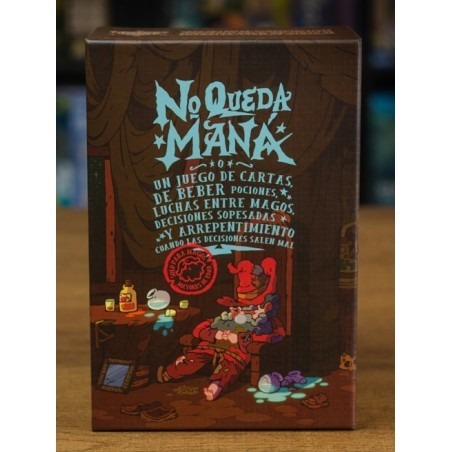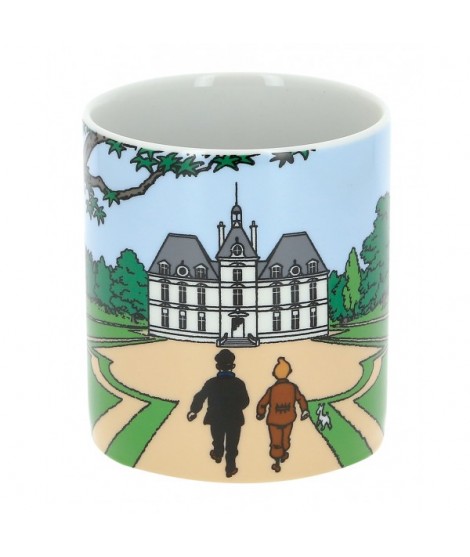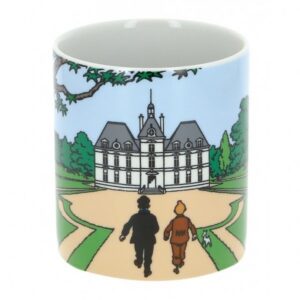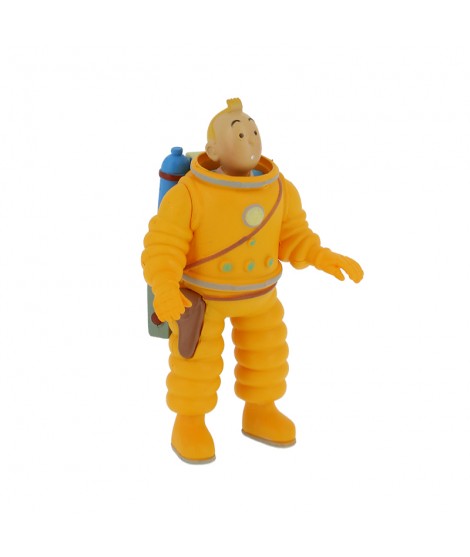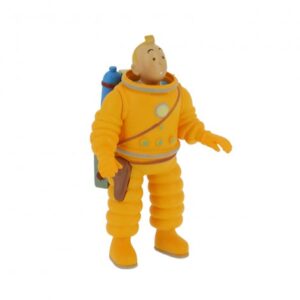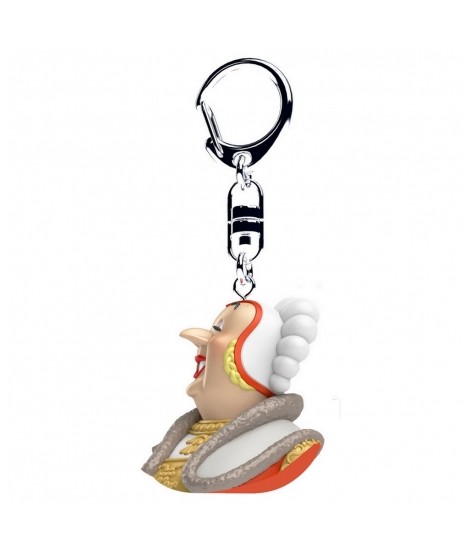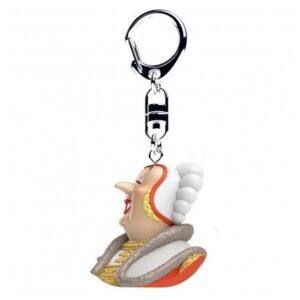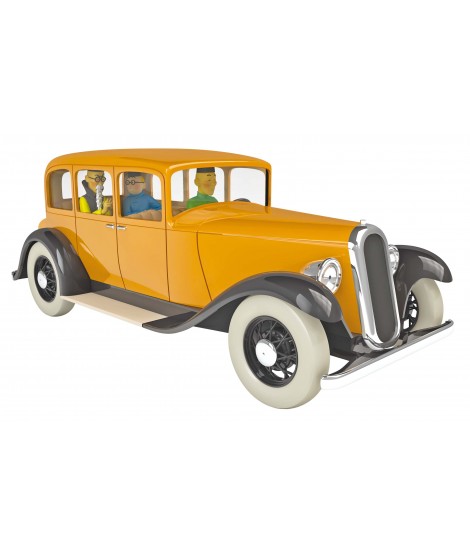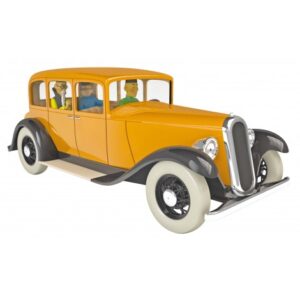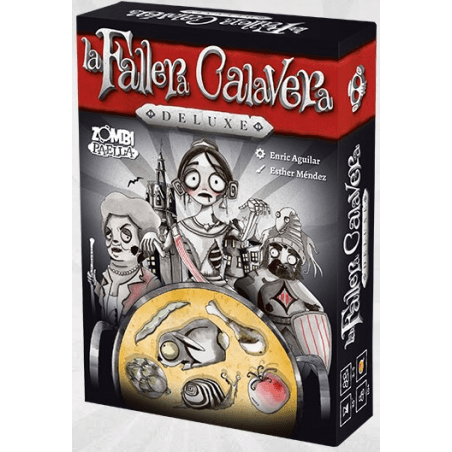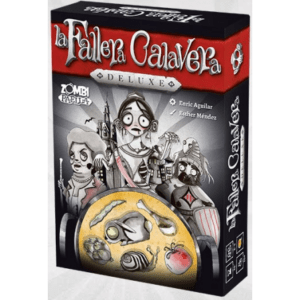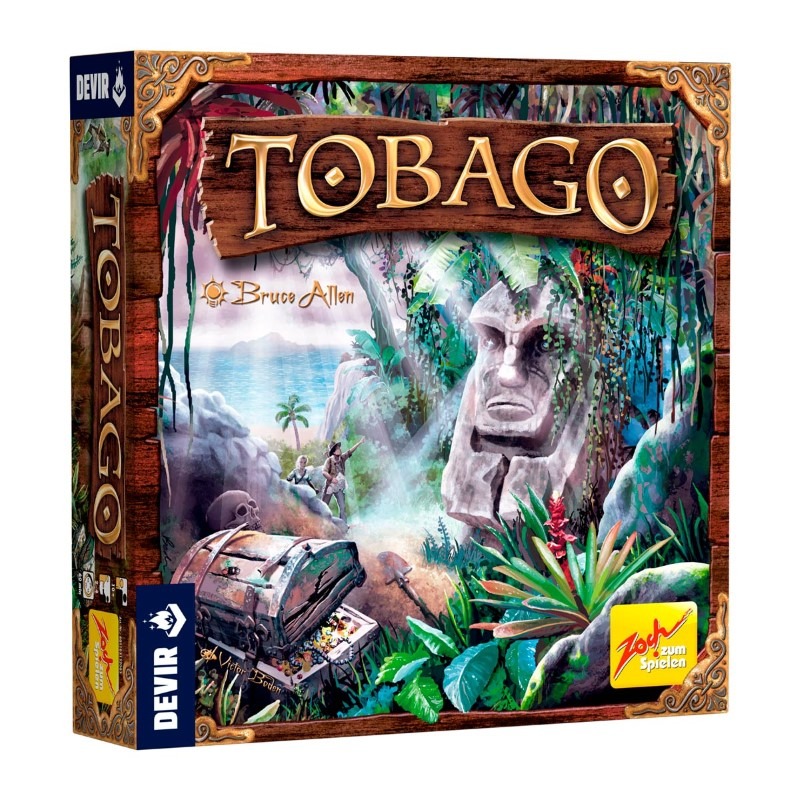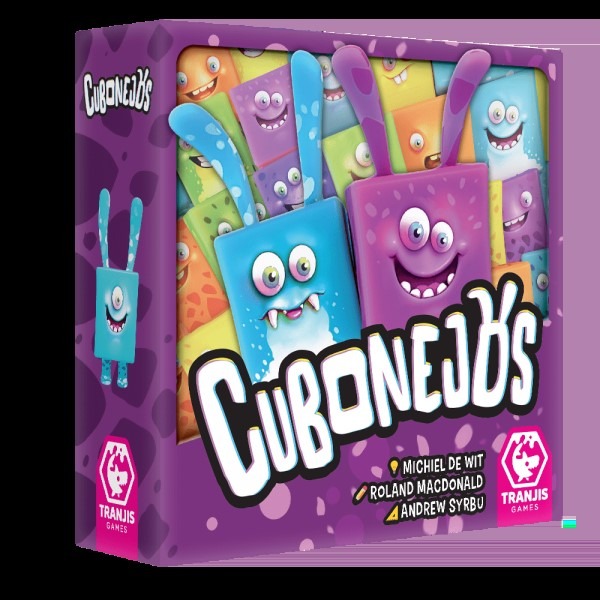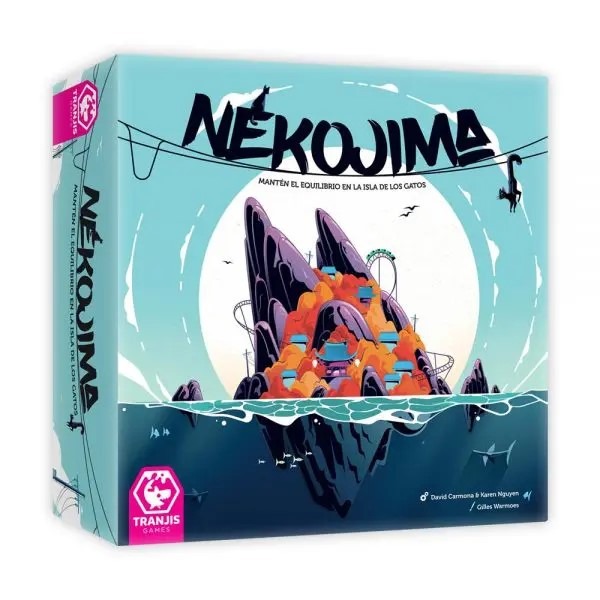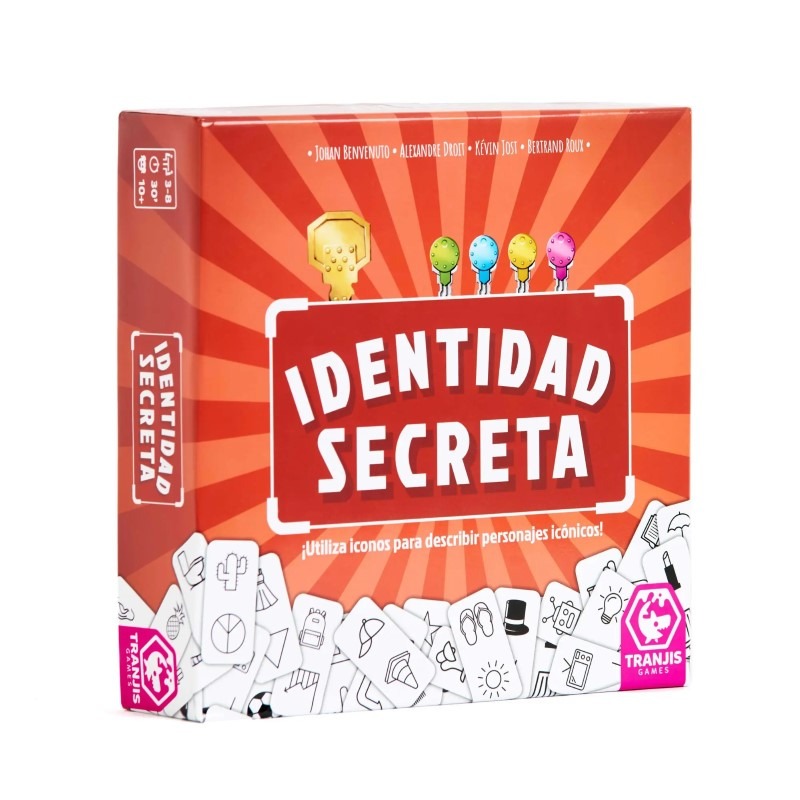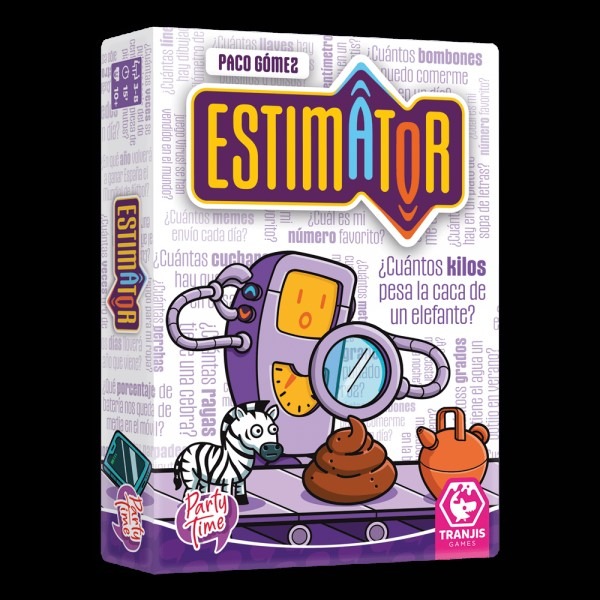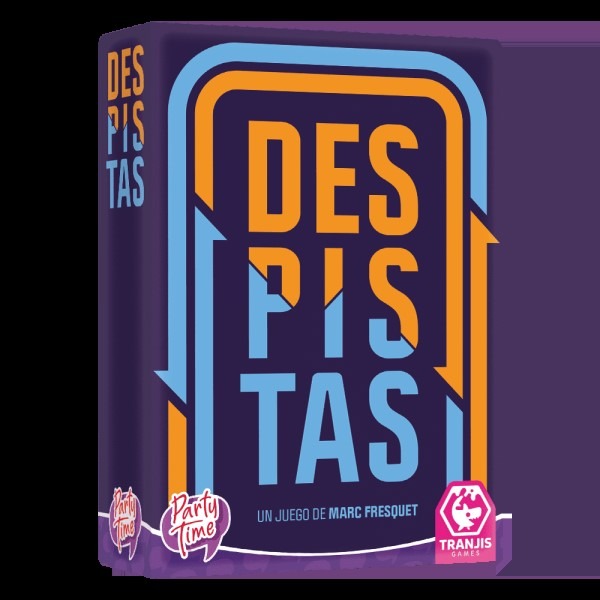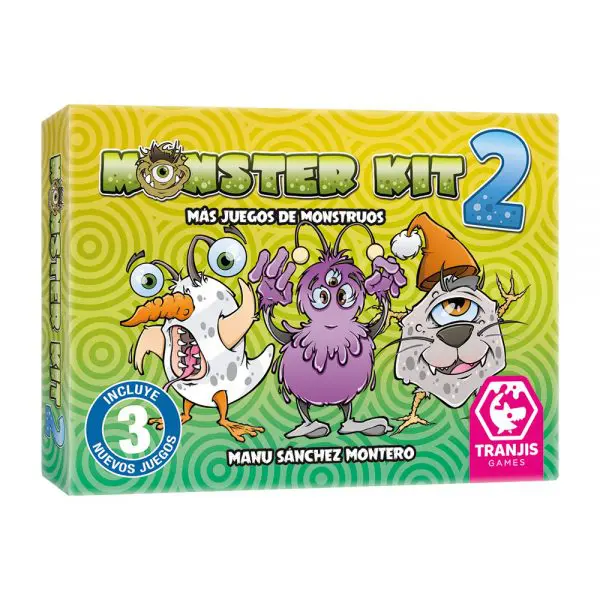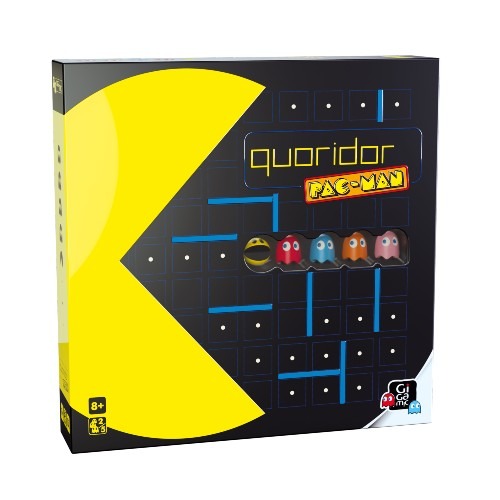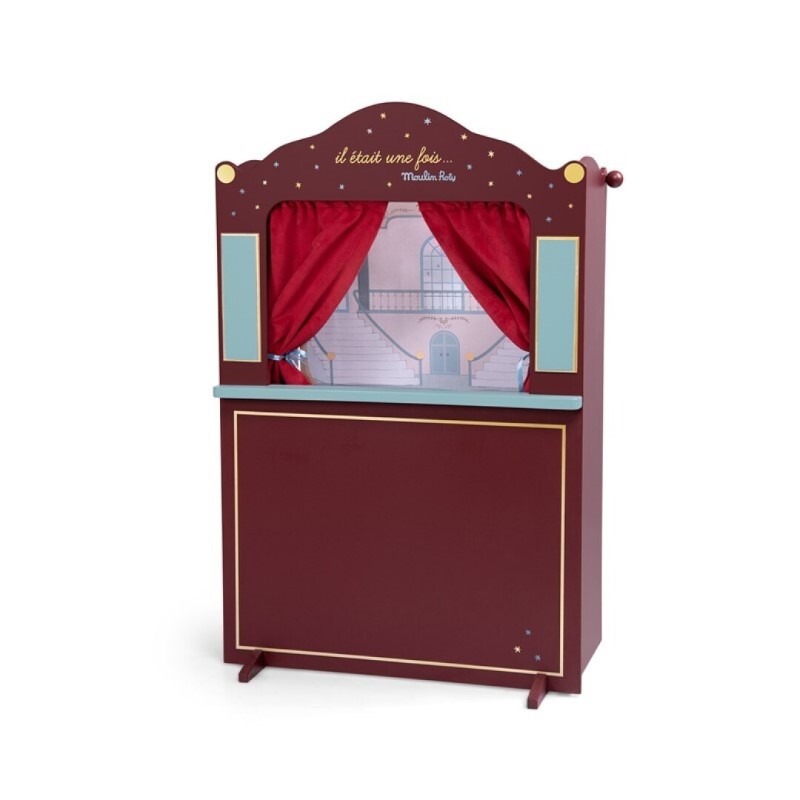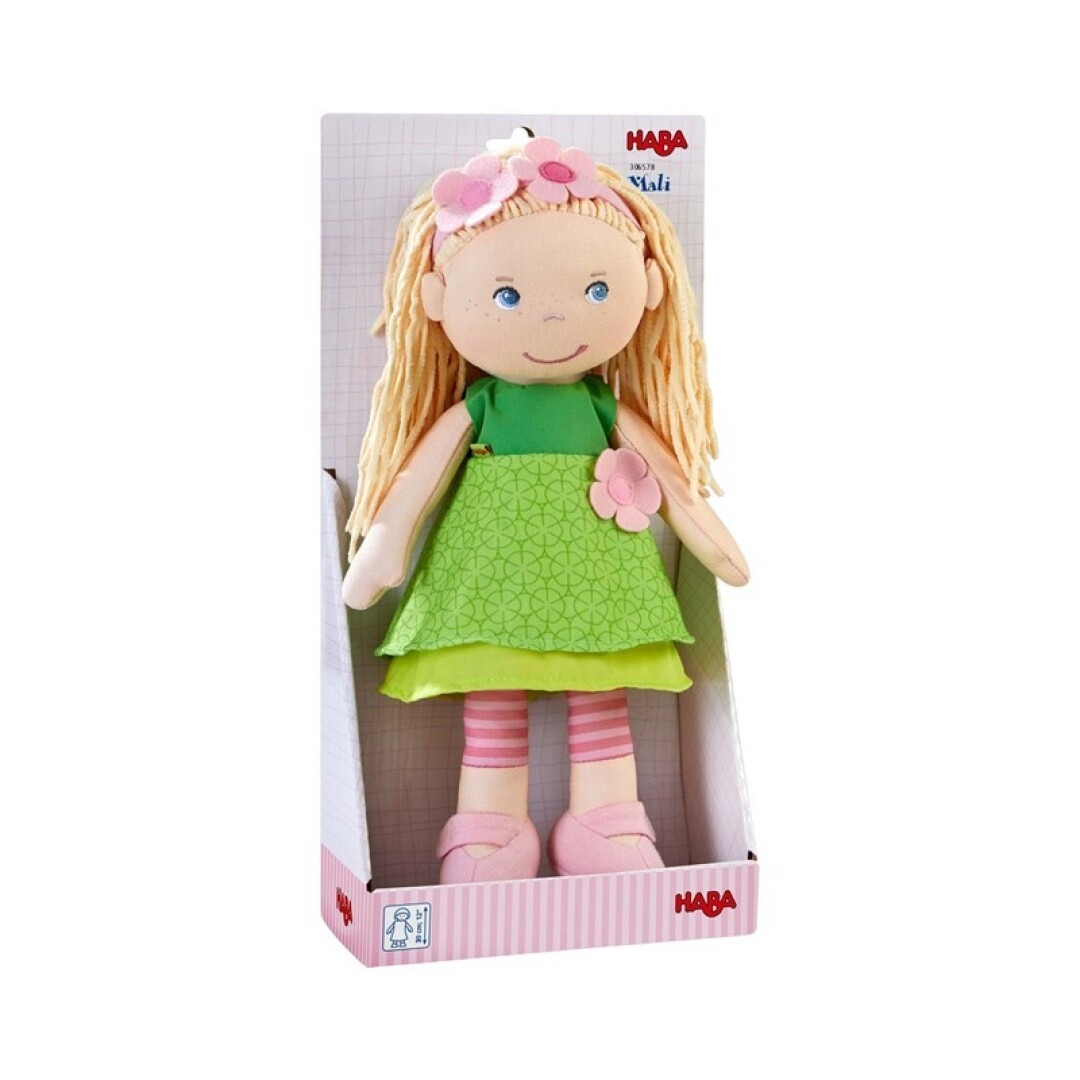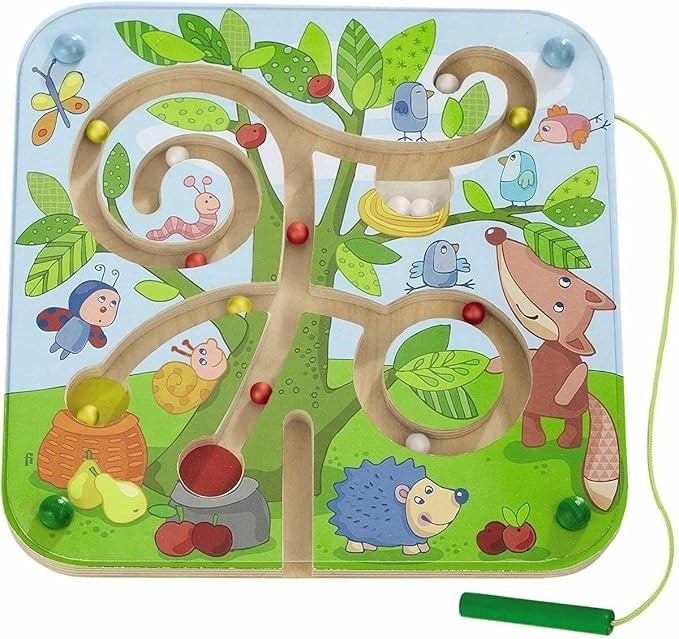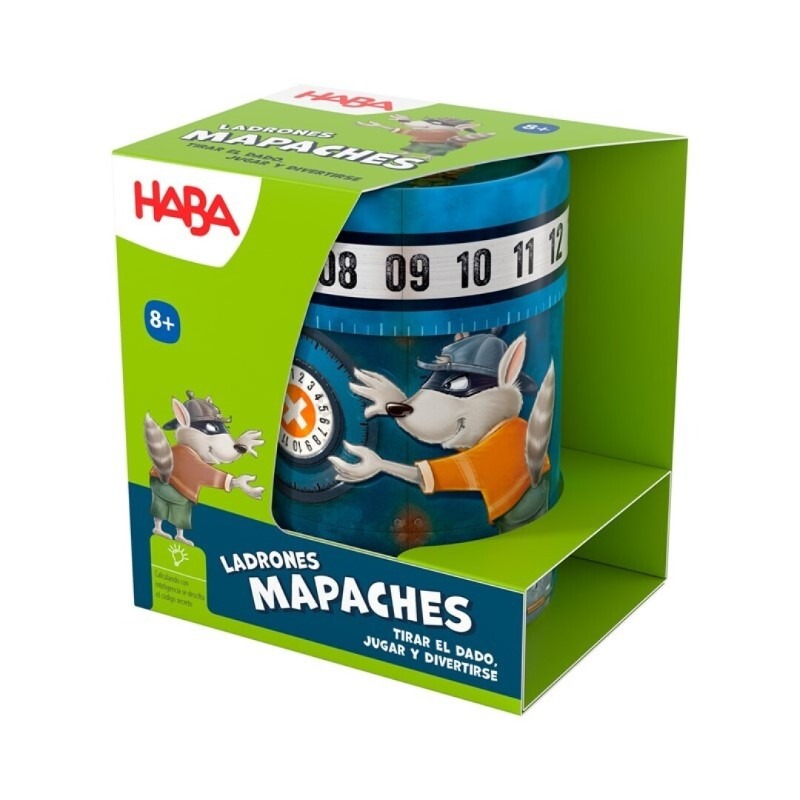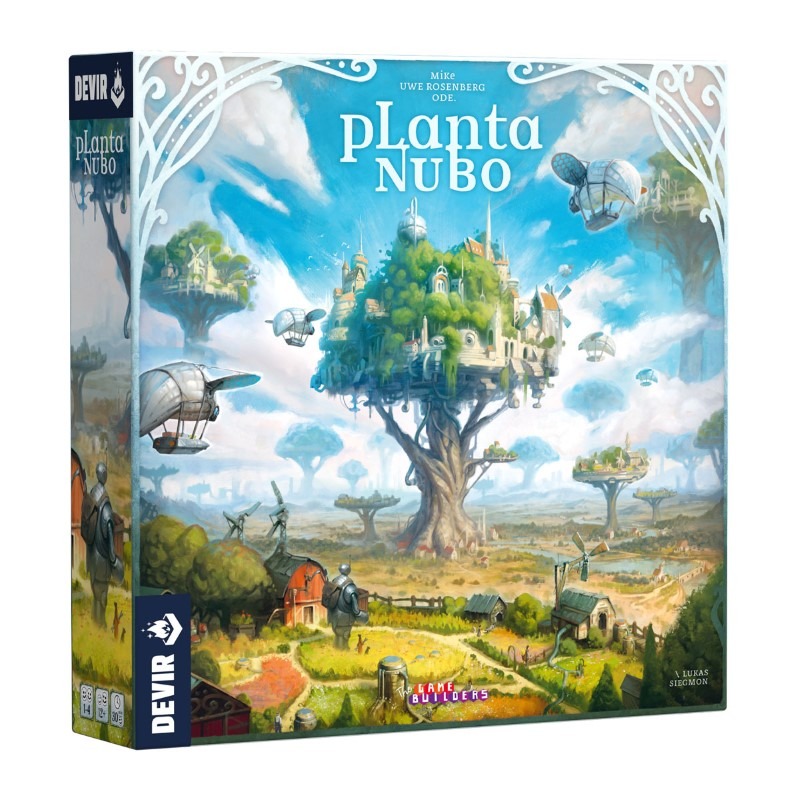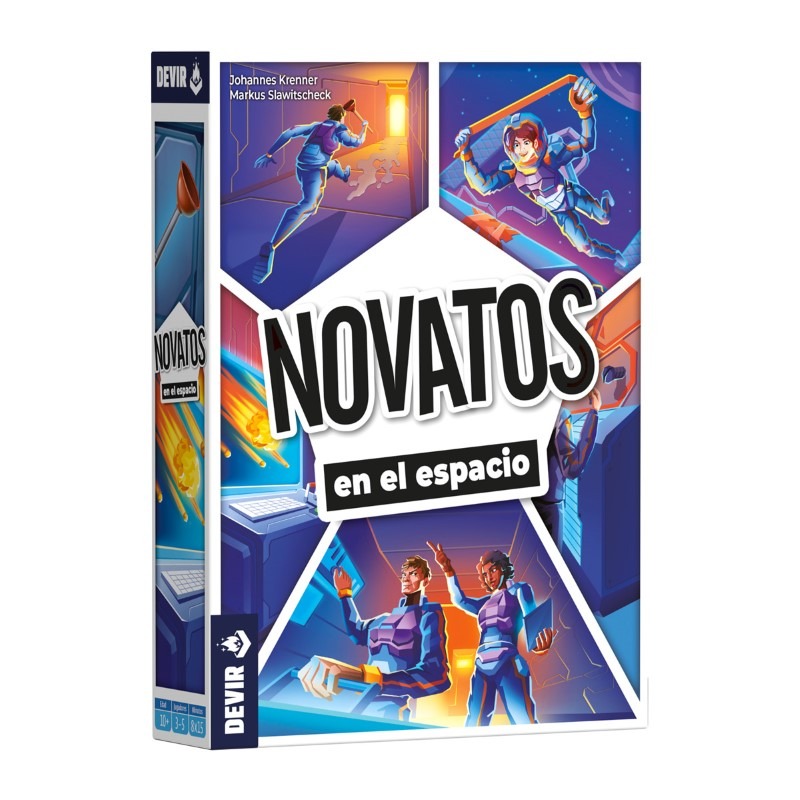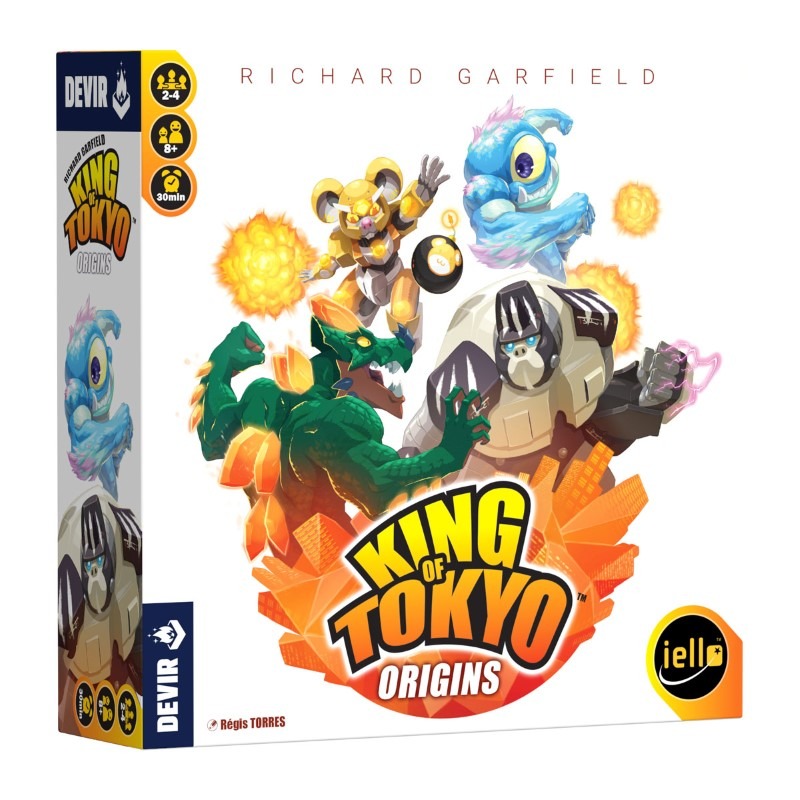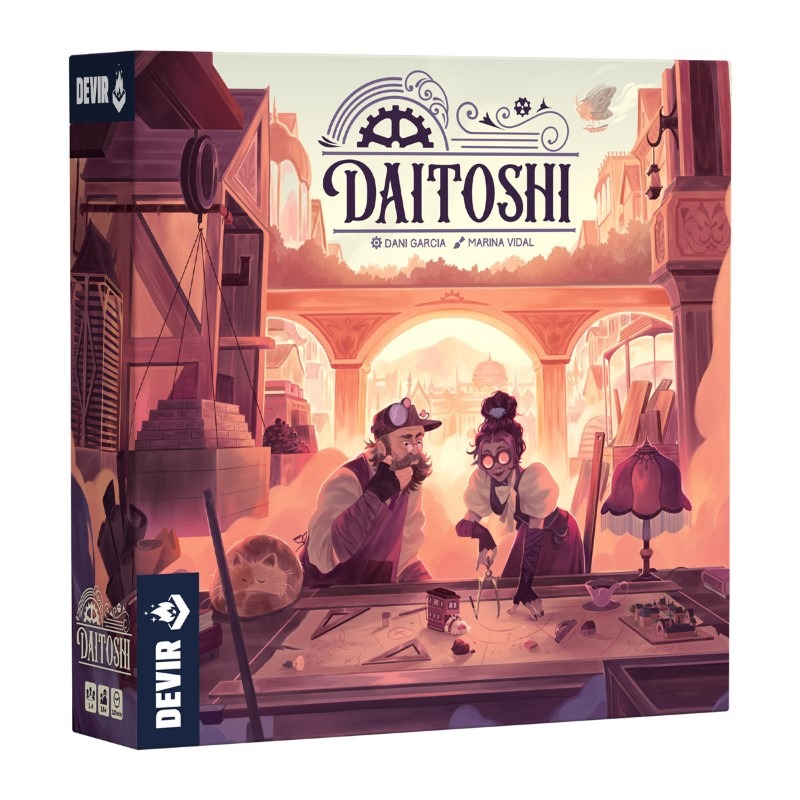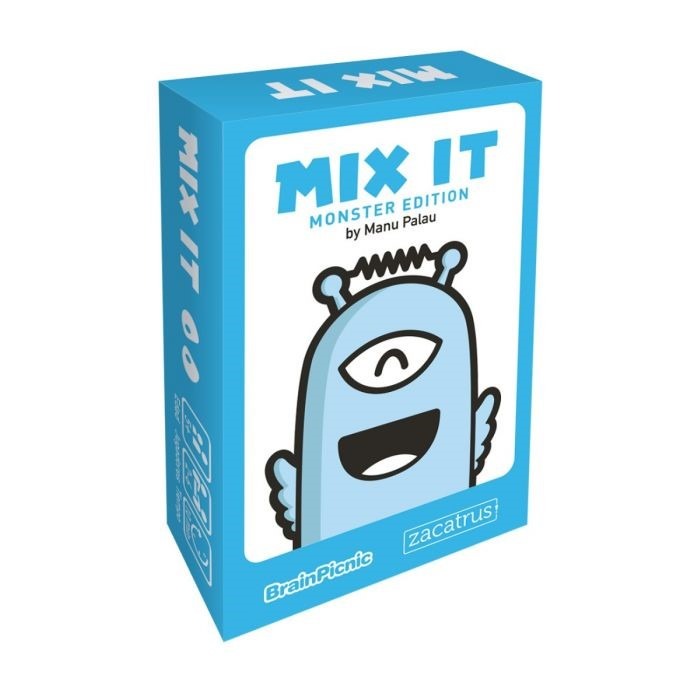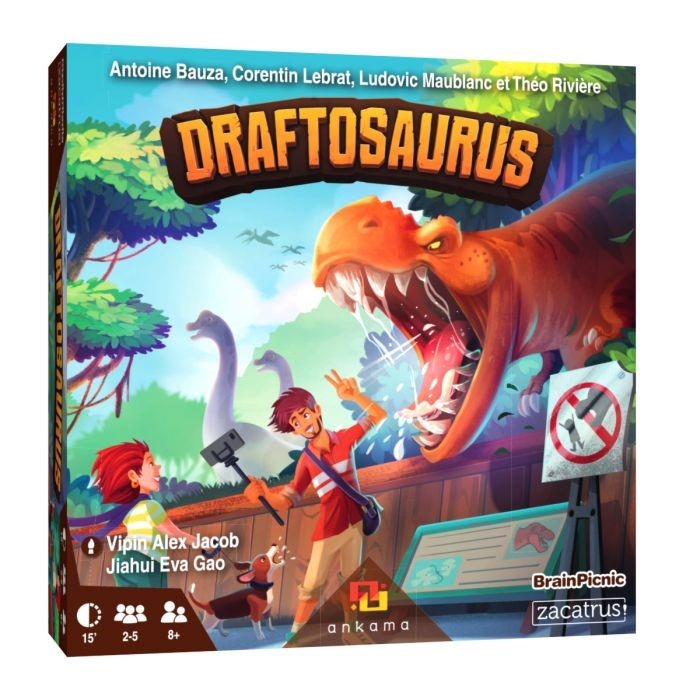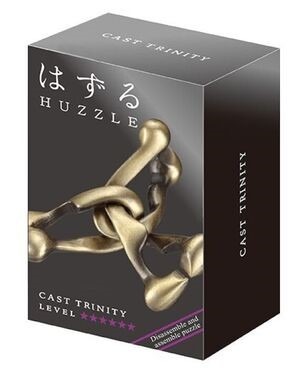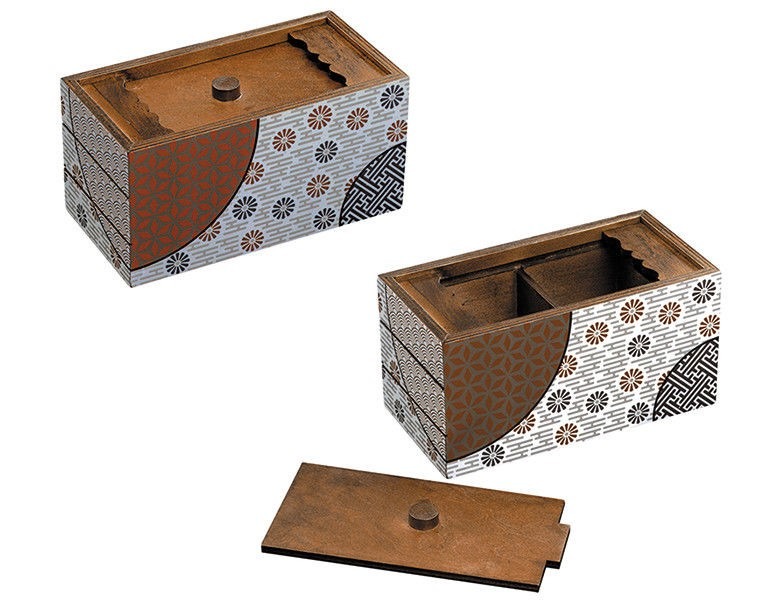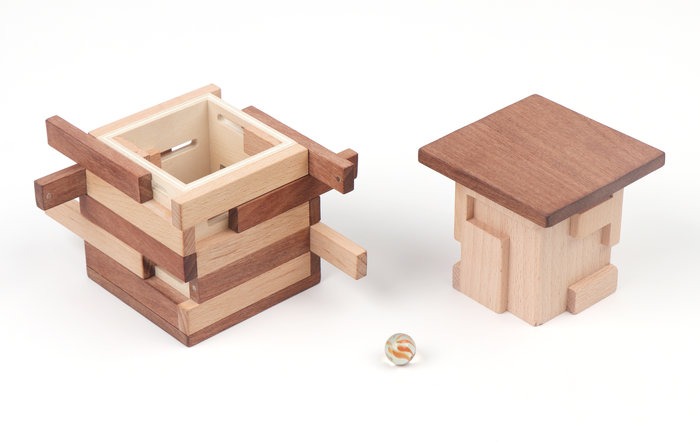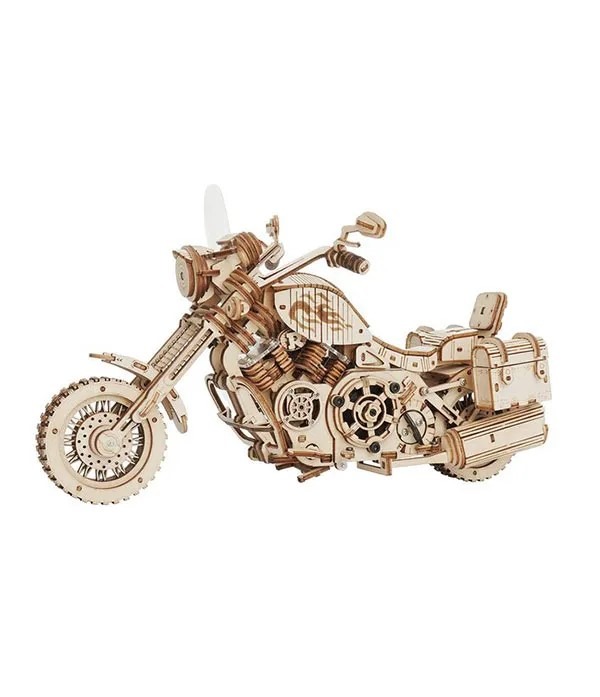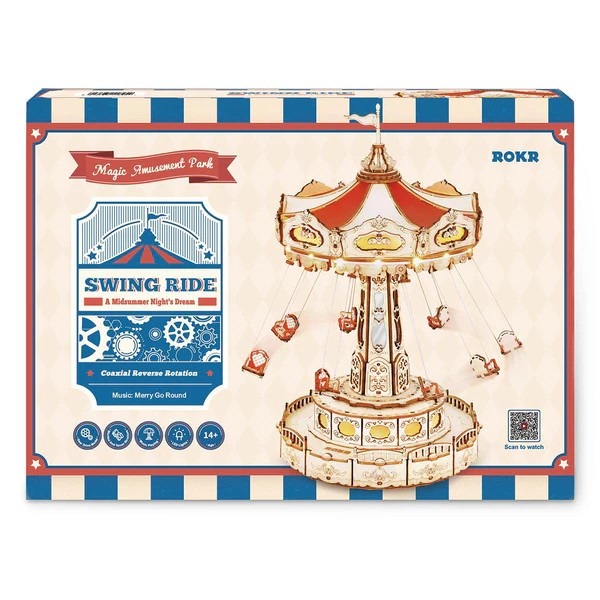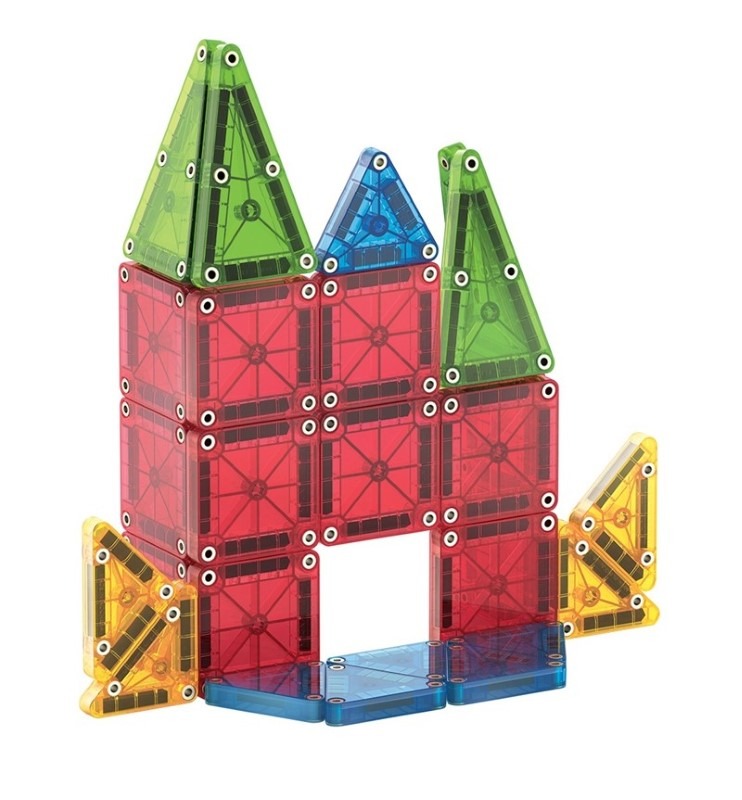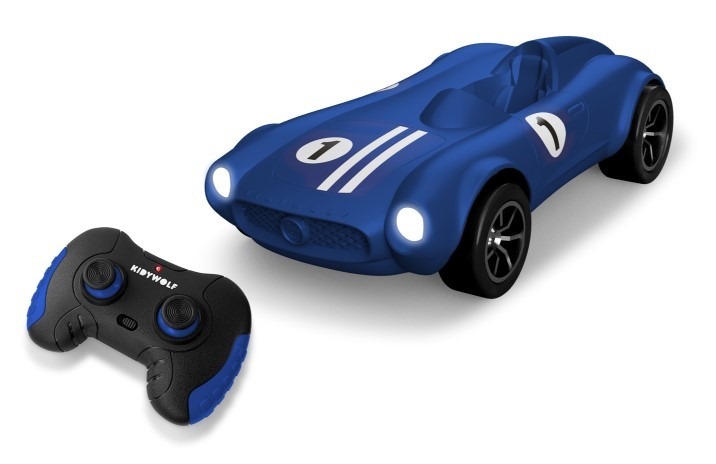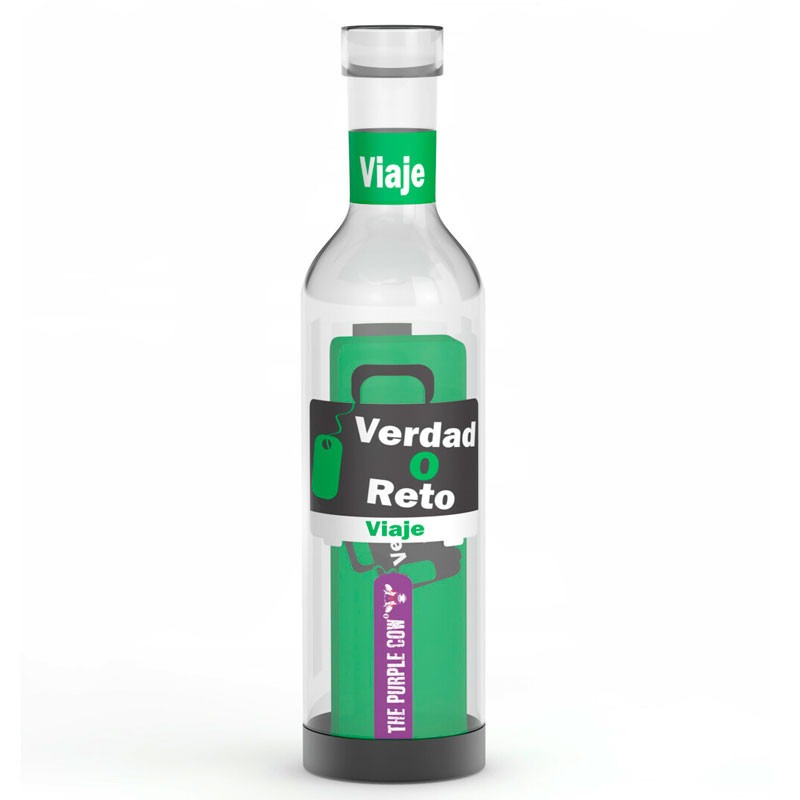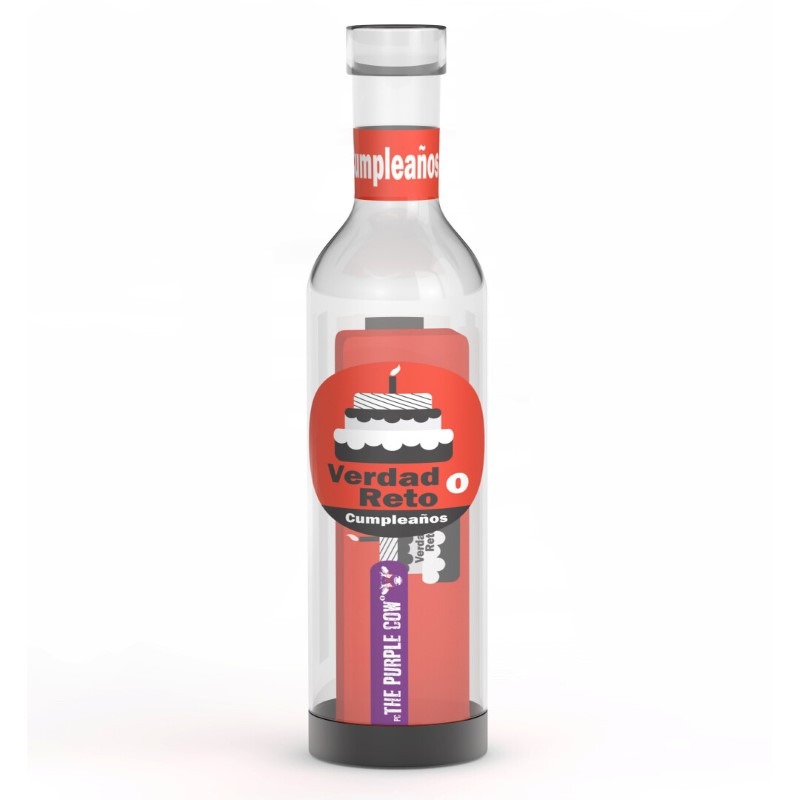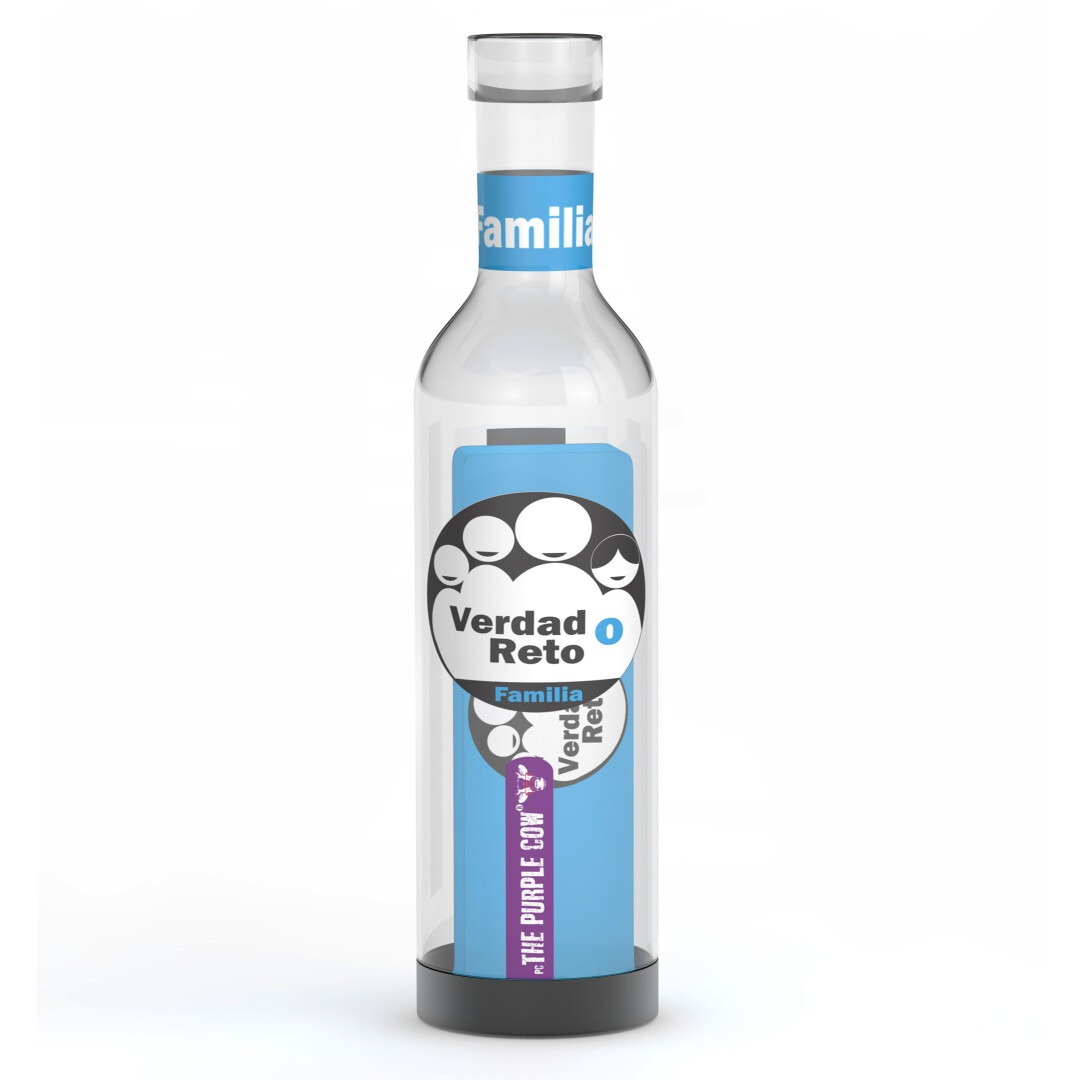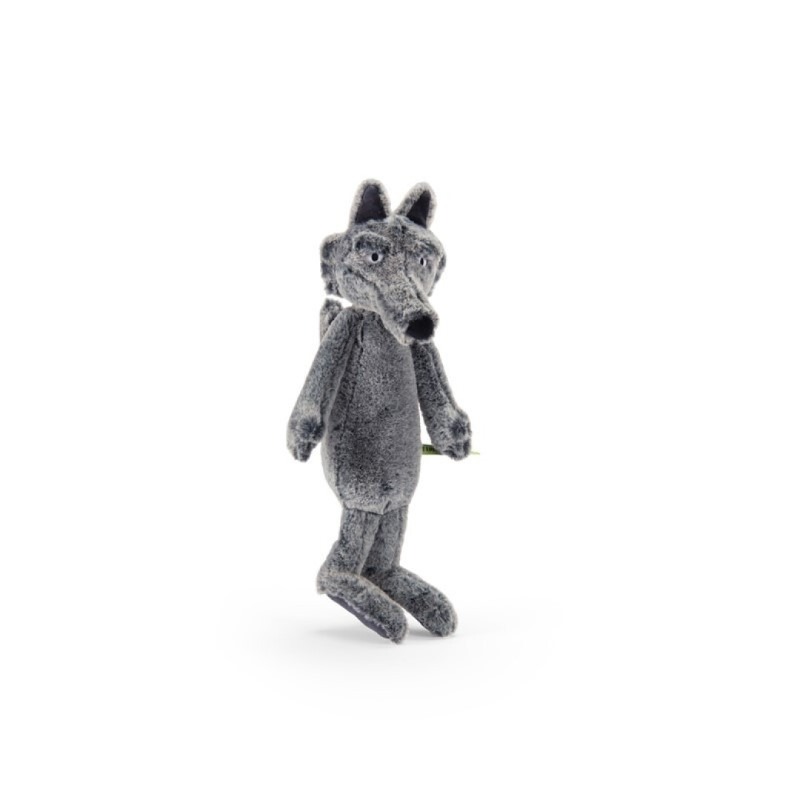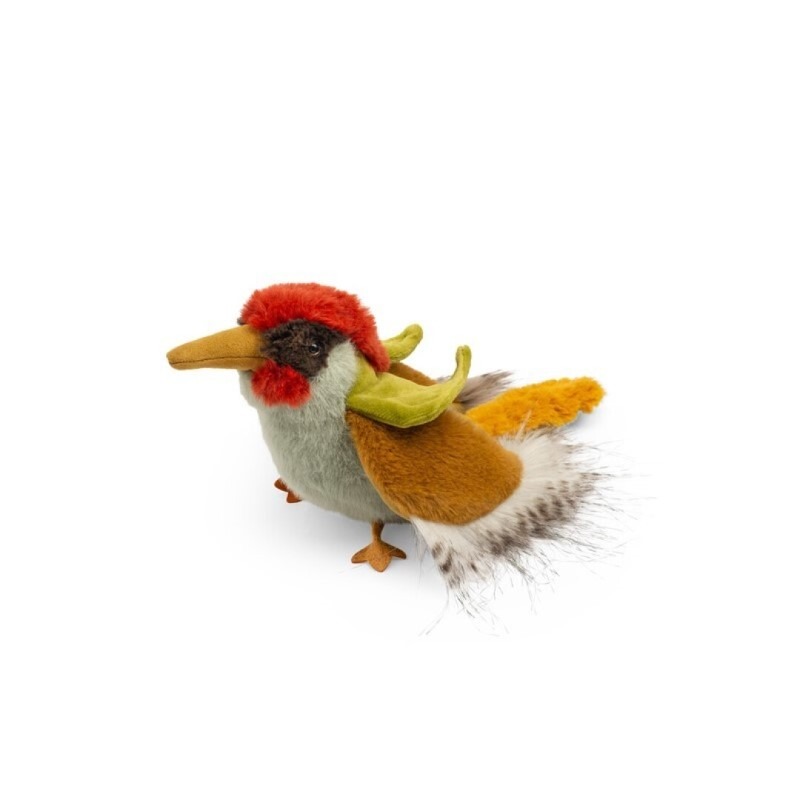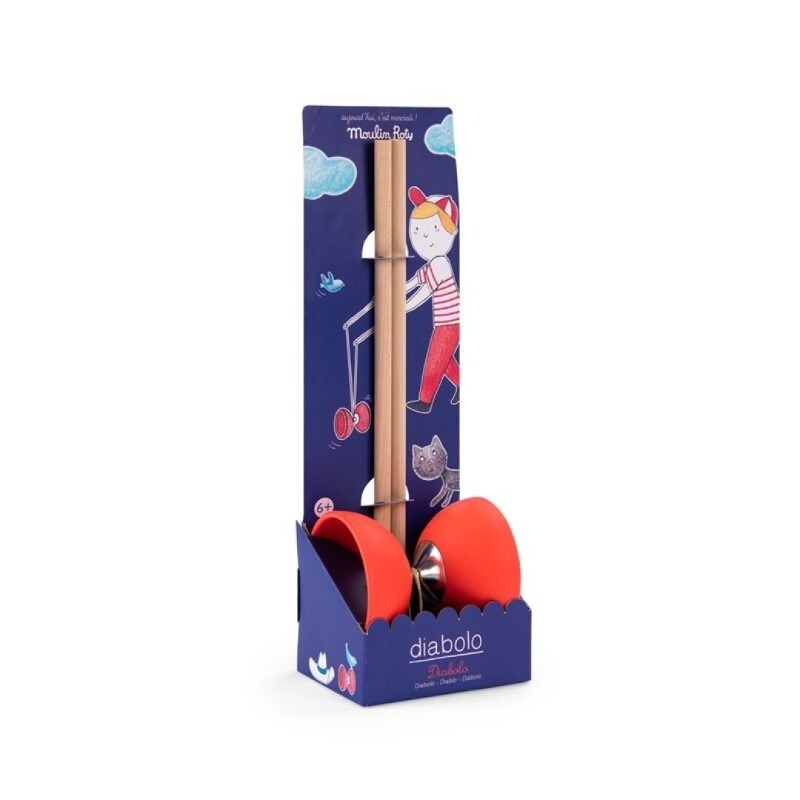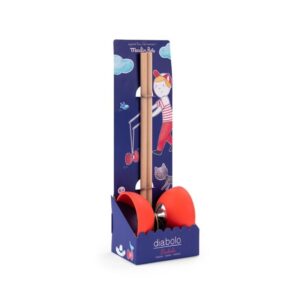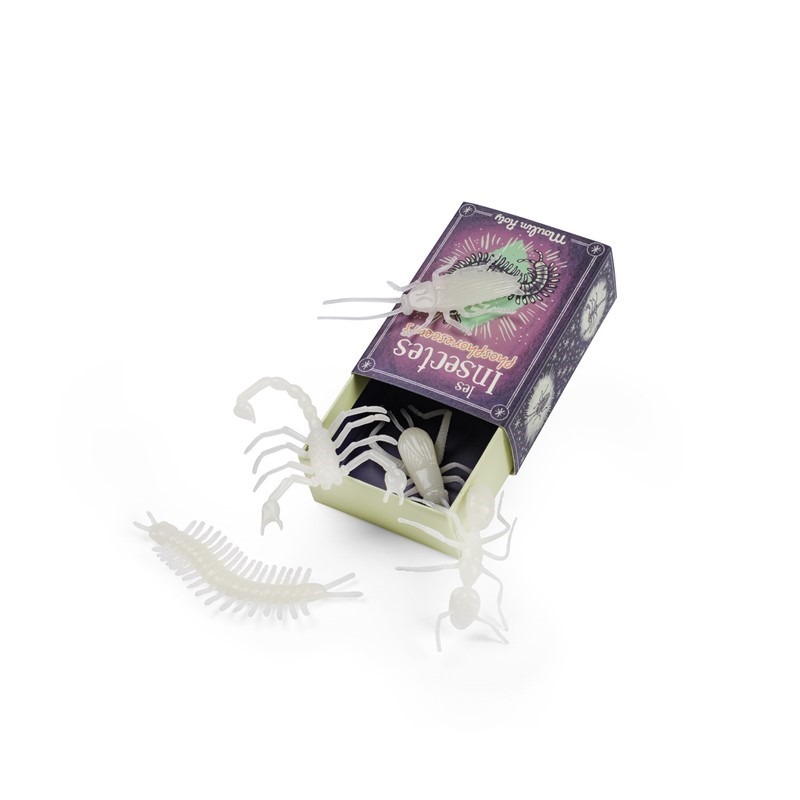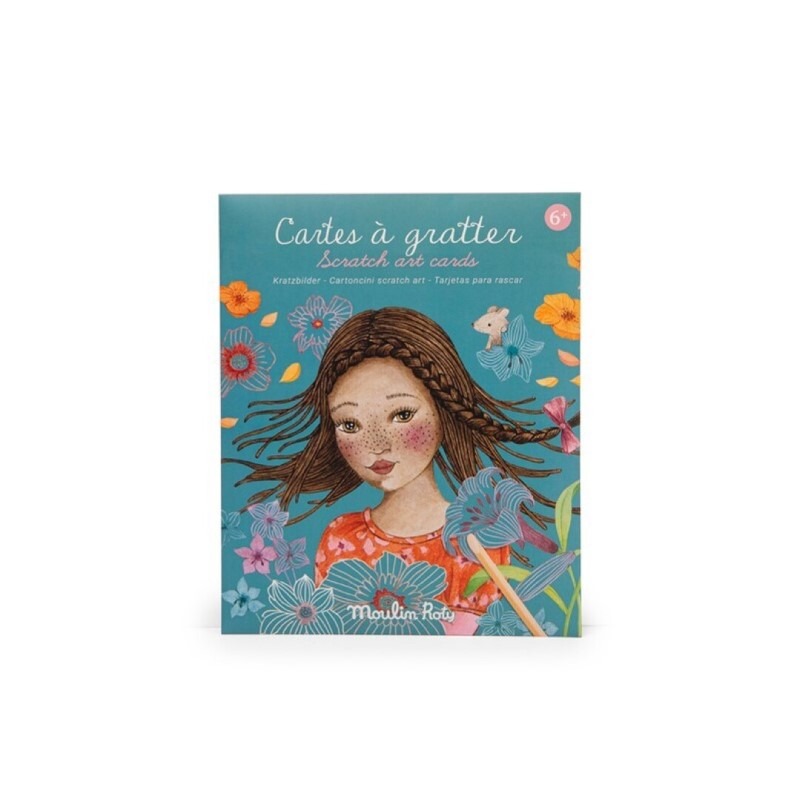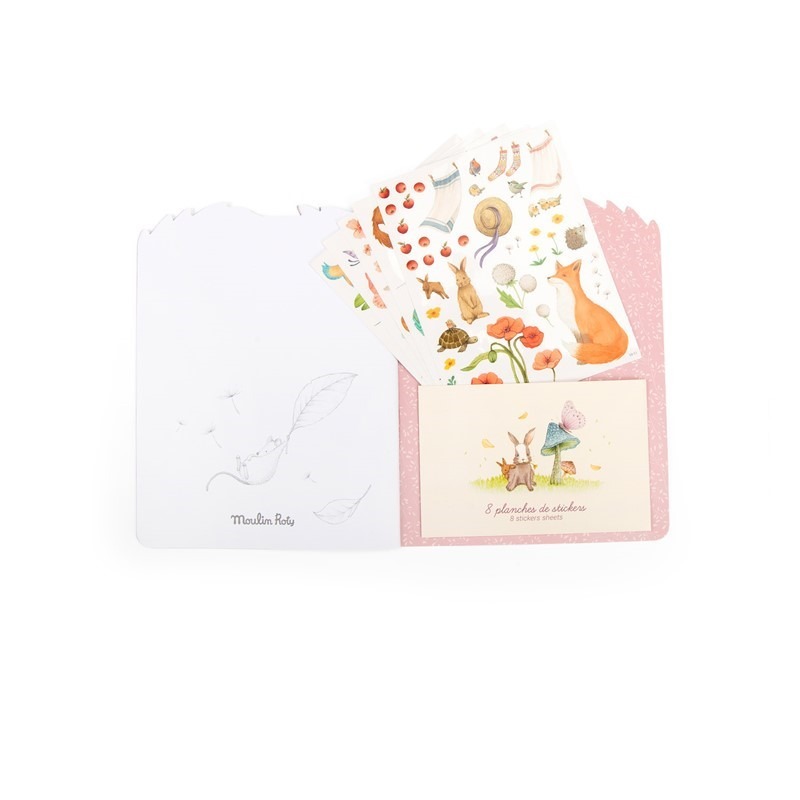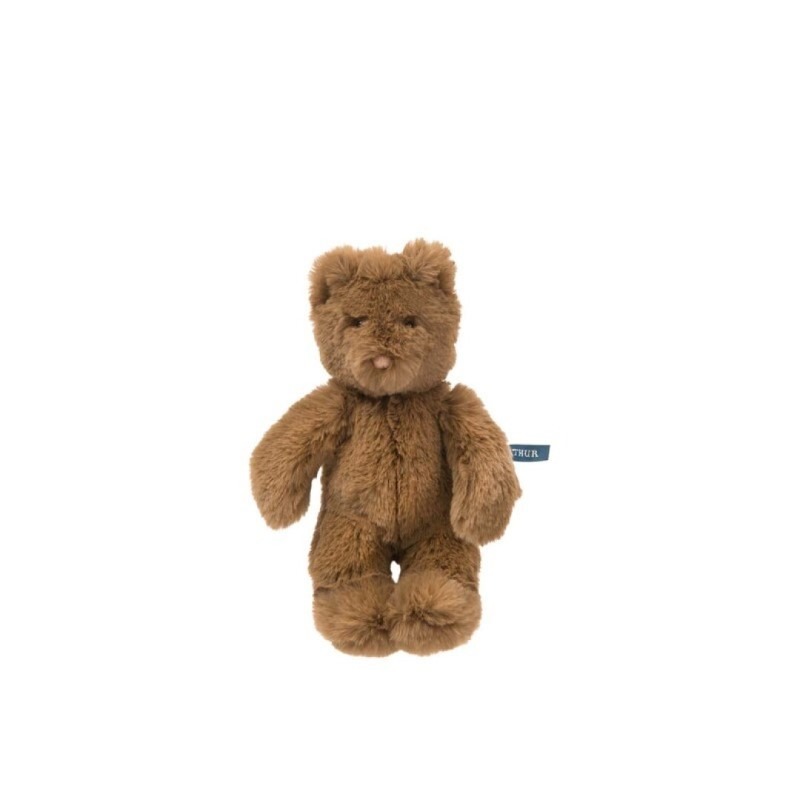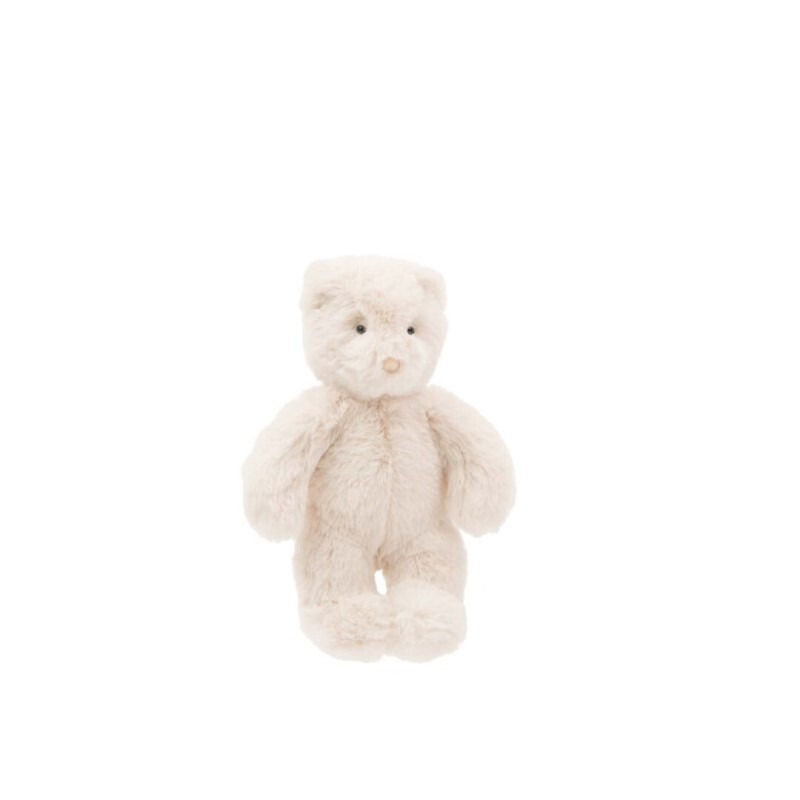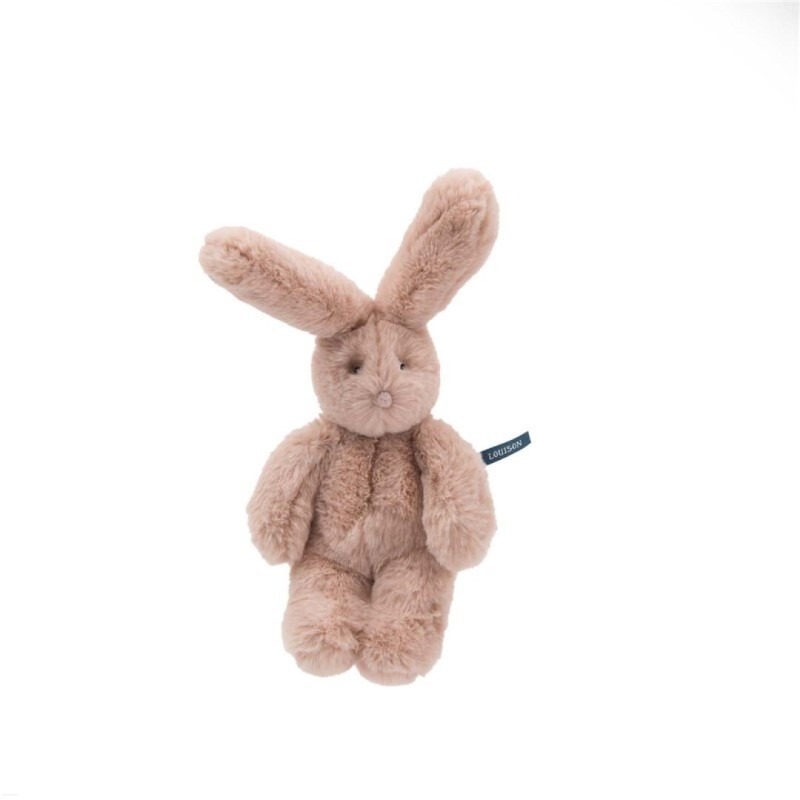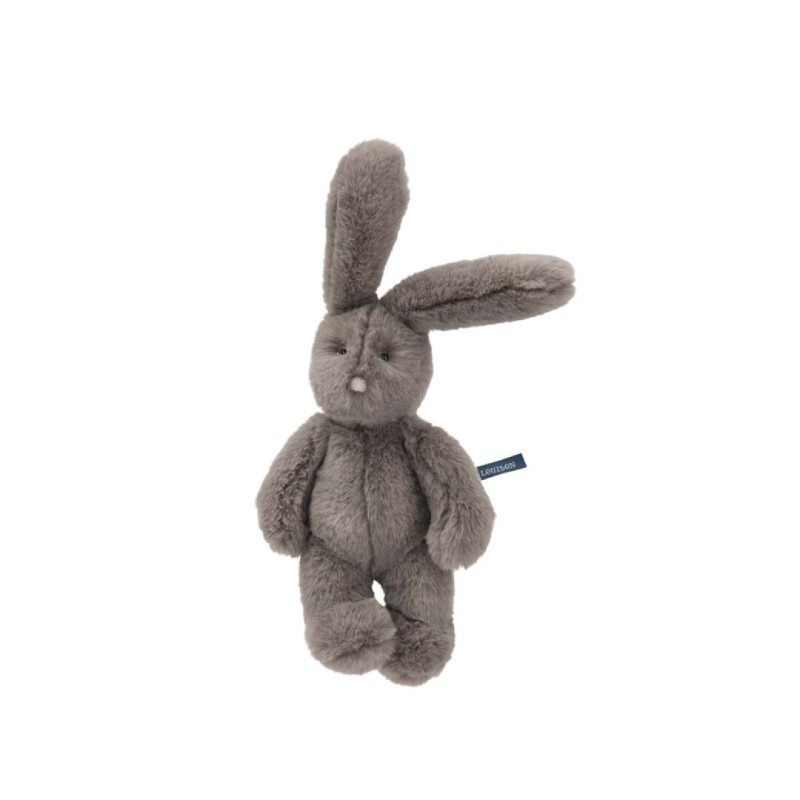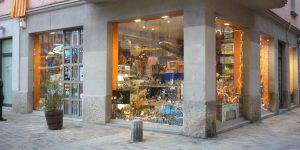NOVETATS
BOTIGA
Showing 145–192 of 6168 resultsSorted by popularity
-

HUZZLE CAST VORTEX****** – Hanayama
18,50 € Detalls -

HUZZLE CAST ENIGMA ******- Hanayama
18,50 € Detalls -
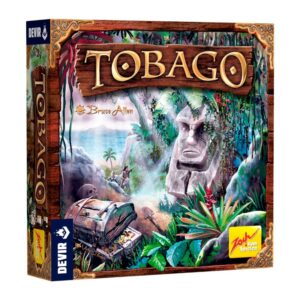
TOBAGO
45,00 € Detalls -

VIRUS MARVEL Tranjis
16,00 € Detalls -
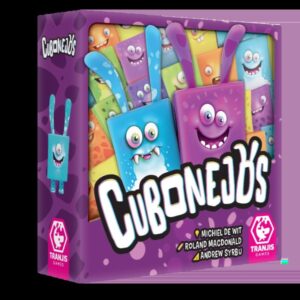
CUBOCONEJOS Tranjis
15,00 € Detalls -
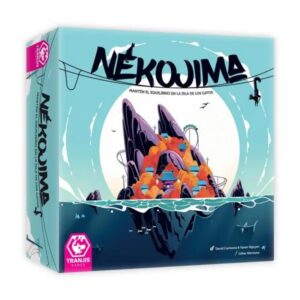
NEKOJIMA Tranjis
40,00 € Detalls -

PERFECT WORDS Tranjis
220,00 € Detalls -

IDENTIDAD SECRETA Tranjis
30,00 € Detalls -

ESTIMATOR Tranjis
18,00 € Detalls -
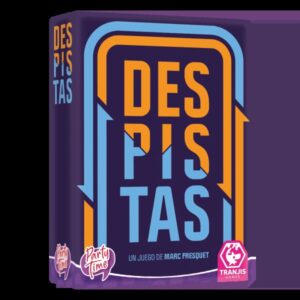
DESPISTAS Tranjis
15,00 € Detalls -
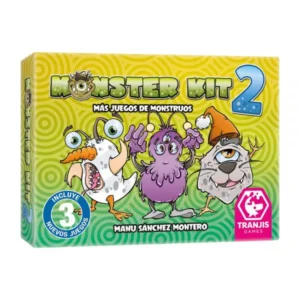
MONSTER KIT2 Tranjis
10,00 € Detalls -
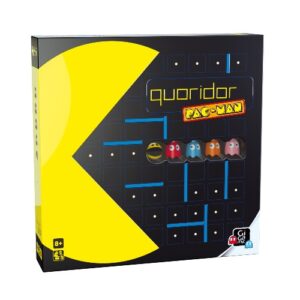
QUORIDOR PAC-MAN Gigamic
36,00 € Detalls -
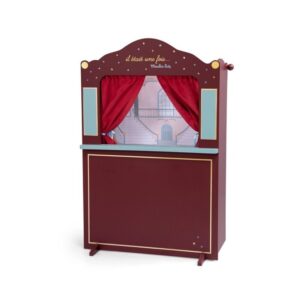
GRAN TEATRE DE TITELLES – MOULIN ROTY
360,00 € Detalls -
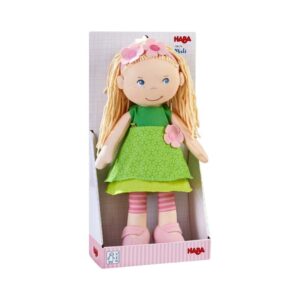
NINA MALI – Haba
37,00 € Detalls -
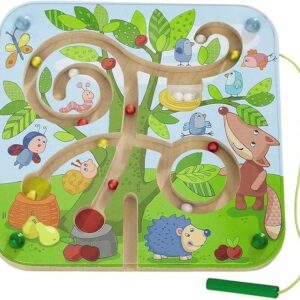
LABERINT ARBRE MAGNETIC Haba
26,00 € Detalls -
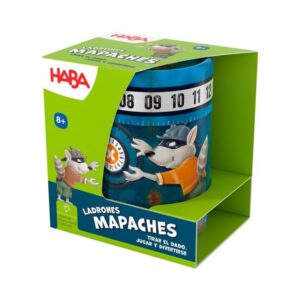
LADRONES MAPACHES – Haba
16,50 € Detalls -
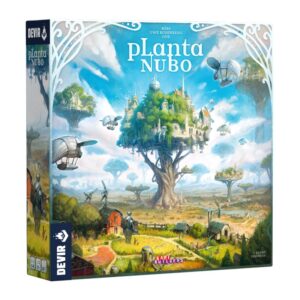
PLANTA NUBO Devir
60,00 € Detalls -
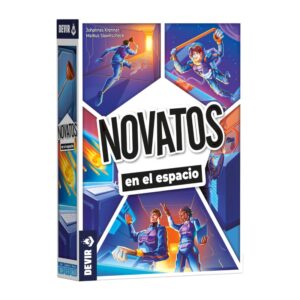
NOVATOS EN EL ESPACIO Devir
20,00 € Detalls -
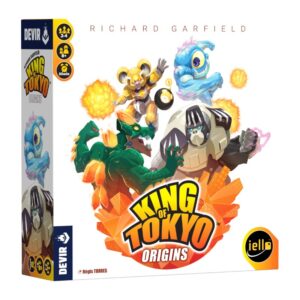
KING OF TOKIO ORIGINS Devir
25,00 € Detalls -
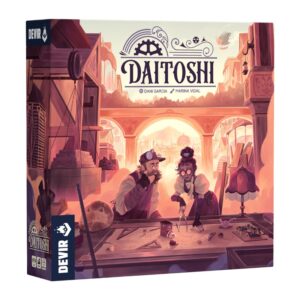
DAITOSHI ES/CAT/EN Devir
60,00 € Detalls -

BOTANICUS Devir
50,00 € Detalls -

BELRATTI Devir
20,00 € Detalls -
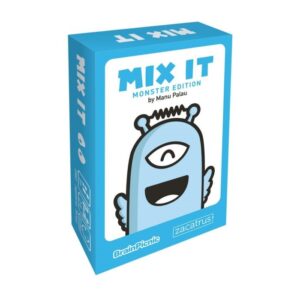
MIX IT (Edicion Monster)
7,95 € Detalls -
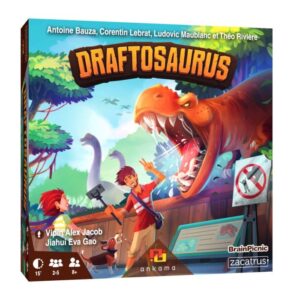
DRAFTOSAURUS
19,95 € Detalls -
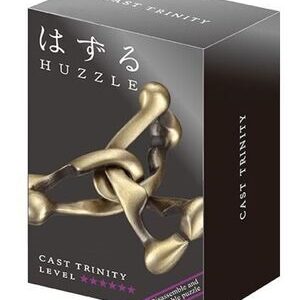
HUZZLE CAST TRINITY ******Hanayama
18,50 € Detalls -
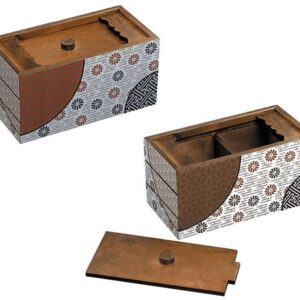
SPRING *****CAIXA SECRETA
28,00 € Detalls -
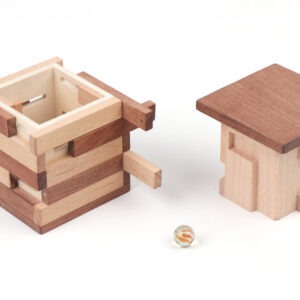
THE BLIND*** BOX
28,00 € Detalls -
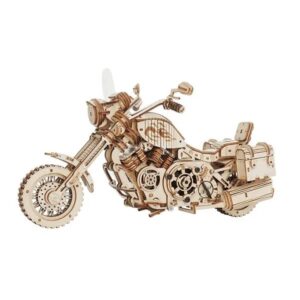
CRUISER MOTORCYCLE Mechanical Gears Robotime Rokr
55,00 € Detalls -
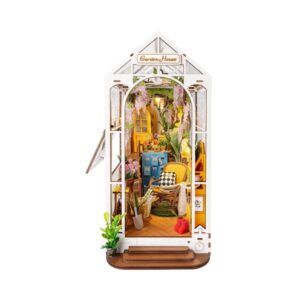
GARDEN HOUSE Robotime Rolife DIY
49,95 € Detalls -

LIFT COASTER MARBLE EXPLORER Robotime Rokr
45,00 € Detalls -
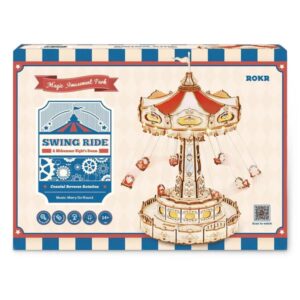
SWING RIDE Robotime Rokr
66,00 € Detalls -
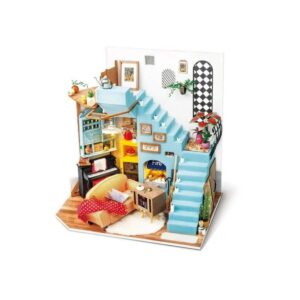
JOYS PENINSULA LIVING ROOM Robotime Rolife DIY
45,00 € Detalls -
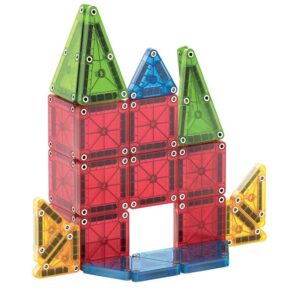
MAGNA-TILES MicroMAGS TRAVEL SET
27,00 € Detalls -
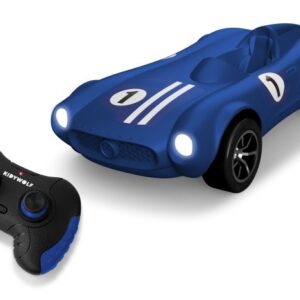
COTXE TELEDIRIGIT KIDY CAR COLOR BLAU
55,00 € Detalls -

VERDADo RET0 – Fiesta de Pijamas The Purple Cow
13,00 € Detalls -
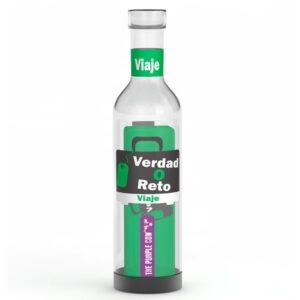
VERDAD o RETO – Viajes The Purple Cow
13,00 € Detalls -
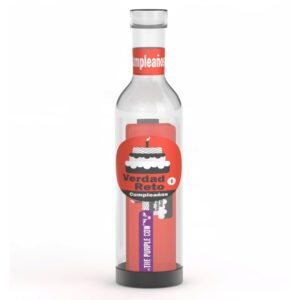
VERDAD O RETO – CUMPLEAÑOS The purple cow
13,00 € Detalls -
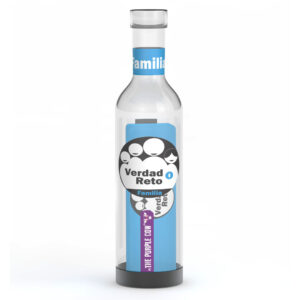
VERDAD o RETO – Familia The Purple Cow
13,00 € Detalls -
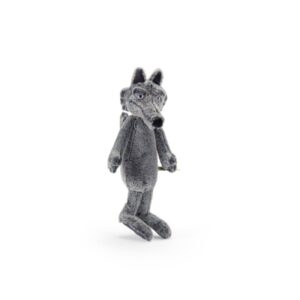
EL LLOP LE PLUS FORT Escuela del Ocio Moulin Roty
37,00 € Detalls -
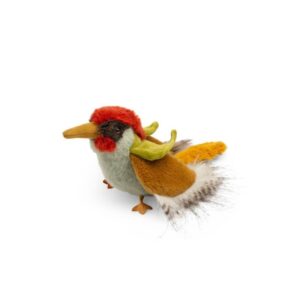
OCELL PIVERT Tout autour du mopnde Moulin Roty
26,50 € Detalls -
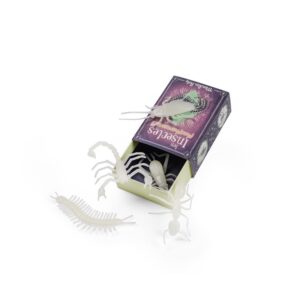
ELS INSECTES PHOSPHORESCENTS (5 insectes) Moulin Roty
11,50 € Detalls -
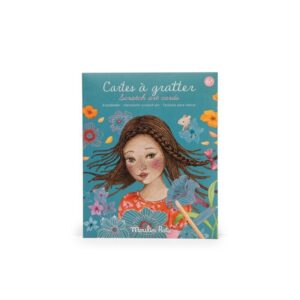
TARJETES PER RASCAR ROSALIES Moulin Roty
7,70 € Detalls -
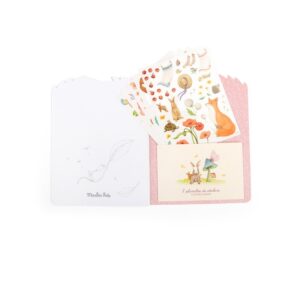
QUADERN LES ROSALIES 230 STICKERS Moulin Roty
11,50 € Detalls -
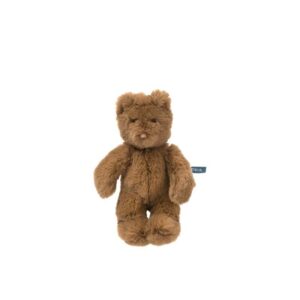
PETIT OSSET MARRO 23 cm. Arthur & Louison Moulin Roty
21,00 € Detalls -
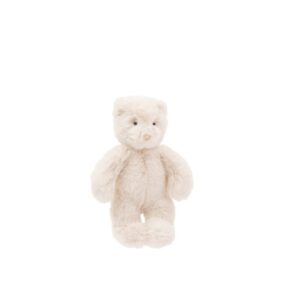
PETIT OSSET BLANC 23 cm. Arthur & Louison Moulin Roty
21,00 € Detalls -
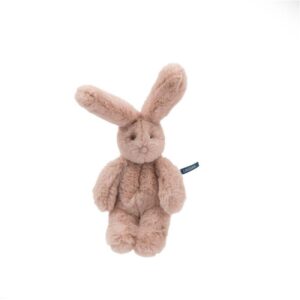
PETIT CONILL ROSA 23 cm. Arthur & Louison Moulin Roty
21,00 € Detalls -
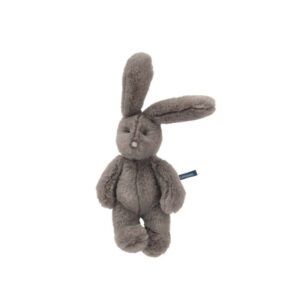
PETIT CONILL GRIS 23 cm. Arthur & Louison Moulin Roty
21,00 € Detalls
HUZZLE CAST VORTEX****** – Hanayama
18,50 €
Les tres peces tenen un cos en espiral (vòrtex) i dos caps. En ajuntar-los, cada peça es fon en un objecte pla. Per desfer aquest complex embolic caldrà deslligar-les tridimensionalment. Aquesta idea està inspirada en l?estàtua d?Asura. Asura és una antiga deïtat índia i també protectora del budisme. La figura de tres cares i sis braços evoca el concepte de trinitat.
NIVELL DE DIFICULTAT: ****** HUZZLE CAST ENIGMA ******- Hanayama
18,50 €
Patentat a Amèrica el 1975, les peces especialment enroscades d’aquest trencaclosques d’Eldon Vaughn s’han de desunir i després tornar-se a unir. Un cop vaig trobar una versió més petita d’aquest trencaclosques, fa uns vint anys a Amèrica, però ho vaig considerar impossible de resoldre en aquell moment. Hem fet una nova versió mantenint la dificultat de l´original i hem obtingut l´autorització per a la sèrie Cast Puzzle. Aquest és sens dubte el més difícil de tots els trencaclosques.
La paraula clau és “gir”. No utilitzeu gaire la força, les peces simplement han de separar-se lliscant.
NIVELL DE DIFICULTAT: ****** TOBAGO
45,00 €
¡Terra a la vista! Després de molts anys buscant-la, per fi l’has trobada: Tobago, l’illa dels tresors enterrats. Sostens a les teves mans diversos trossos de pergamí, tan desgastats que gairebé no es poden llegir, i tu apostaries fins a la teva última pala que són fragments d’un mapa del tresor. Però com encaixen? I qui té els trossos que hi falten? Només reunint més pistes aconseguiràs localitzar els tresors. Al volant del teu tot terreny creuaràs denses jungles, i hauràs d’escalar cims rocosos i travessar torrents encrespats. És clar que quan arribis a la ubicació del tresor, competidors àvids i cobdiciosos voldran reclamar-ne la part. Per no fer esment de la maledicció de l’illa que pesa sobre alguns dels tresors. Un modest amulet és l’única protecció contra el poder devorador de la maledicció.
Dissenyat per Bruce Allen i il·lustrat per Victor Boden, Tobago és tot un clàssic publicat originalment el 2009 que ara es reedita per arribar a noves generacions de jugadors. L’objectiu del joc és reconstruir mapes de tresor a base de combinar pistes fins que la ubicació d’un tresor quedi determinada. Al final de la partida, el jugador guanya amb més monedes d’or.
Amb unes regles molt senzilles, Tobago ofereix una experiència de joc divertida i desafiant. Ideal per a jugadors novells i fins i tot per jugar en família i introduir els petits de casa a l’afició, aquest títol ens repta a distribuir sàviament les pistes de la nostra mà per trobar els tresors de l’illa. Dóna curs a l’aventurer que tens a dins!
EDAT: + 10 ANYS
JUGADORS: 2-4
DURADA DE LA PARTIDA: 60 MINUTS VIRUS MARVEL Tranjis
16,00 €
EXPLORA UN UNIVERS NOU PLE DELS TEUS PERSONATGES FAVORITS
A Virus! MARVEL, cada persona podrà triar els seus herois i heroïnes preferides i tractarà de reunir un equip de quatre personatges icònics. Però compte! La resta jugaran amb tàctiques de sabotatge per ser la primera persona a formar el seu superequip.
Virus! MARVEL és un joc independent que manté una mecànica ràpida i trepidant, ideal per al públic que ja coneix i estima Virus!
EDAT: + 8 ANYS
JUGADORS:2-5
DURADA DE LA PARTIDA: 20 minuts CUBOCONEJOS Tranjis
15,00 €
Suma i combina per aconseguir 21 punts!
Els Cubonejos són criatures animades i peculiars, nascudes de capricis creatius, i que es multipliquen de forma desconcertant.
EDAT: + 8 ANYS
JUGADORS: 1-5
DURADA DE LA PARTIDA: 20 minuts NEKOJIMA Tranjis
40,00 €
¡L’illa dels gats et desafia!
Benvingut a Nekojima, l’encantadora illa del Japó, on els gats són els reis i l’electricitat és un tresor! En aquesta petita porció de paradís felí, hauràs de demostrar la teva habilitat i astúcia per construir una xarxa elèctrica que il·lumini els quatre districtes de l´illa.
Però compte, no serà tasca fàcil! L’espai és limitat i els curiosos gats de Nekojima adoren explorar els cables. Hauràs de col·locar els pals elèctrics amb precisió mil·limètrica, evitant sigui com sigui que els cables es toquin i provoquin un curtcircuit.
Podràs mantenir l’equilibri a aquesta illa plena de vida i desafiaments?
Precisió i estratègia: Cada moviment compta. Col·loca els pals de forma estratègica per evitar curtcircuits i evitar que caiguin.
Cooperatiu: Juga de manera cooperativa i supera tots els nivells.
Competició emocionant: Enfronta’t als teus amics i familiars en partides plenes de diversió i tensió.
EDAT: + 7 ANYS
JUGADORS: 1-5
DURADA DE LA PARTIDA: 15 minuts PERFECT WORDS Tranjis
220,00 €
Un joc cooperatiu dassociació de paraules!
NOMINAT A CANNES 2024
Alguna vegada us has preguntat quina paraula evoca una imatge més clara? A Perfect Words, la diversió està garantida mentre intentes endevinar les paraules que els teus companys tenen en ment!
Crea connexions: Associa paraules i conceptes de manera creativa.
Col·labora en equip: Treballa amb els teus amics i familiars per assolir l’objectiu comú.
Diversió assegurada!: Posa a prova el teu vocabulari i la teva capacitat de com
EDAT: + 10 ANYS
JUGADORS: 2-6
DURADA DE LA PARTIDA: 20 minuts IDENTIDAD SECRETA Tranjis
30,00 €
Aconseguiràs endevinar qui s’amaga darrere de les icones?
Això és un conill? Un conill i una pastanaga? Potser estem parlant de Bugs Bunny. o no. A Identidad Secreta haureu d’endevinar quin personatge amaga la resta de participants a través d’icones.
El joc party amb què l’èxit està assegurat!
EDAT: + 10 ANYS
JUGADORS: 3-8
DURADA DE LA PARTIDA: 30 minuts ESTIMATOR Tranjis
18,00 €
Qui sabrà la resposta? És igual!
Quantes ratlles té una zebra? Quants grans de sorra hi ha a la platja? A Estimator, les preguntes són absurdes i les respostes encara més. Però no et preocupis per cercar a Google! En aquest joc, allò important no és saber la resposta exacta, sinó el que els altres pensen que és.
La diversió està garantida: Les preguntes absurdes i les reaccions dels altres faran que no puguem parar de riure.
La regla més important: No hi ha respostes correctes!!
EDAT: + 10 ANYS
JUGADORS: 3-8
DURADA DE LA PARTIDA: 15 minuts DESPISTAS Tranjis
15,00 €
El joc que no pot faltar quan marxeu de casa rural.
En aquest joc, cada líder dóna les pistes A L’EQUIP CONTRARI!
Dos equips enfrontats en un boig joc en què cada líder dóna pistes a l’equip contrari.
Quin enrenou! Sereu capaços de donar pistes prou concretes per al vostre equip, però aparentment irrellevants perquè no les intercepti el rival? Això és DESPISTES.
Despistas és un joc de Marc Fresquet, un party de jugar a la distracció amb els teus rivals i fer puntuar el teu equip, en un format reduït emporta’t hores de diversió.
EDAT: + 10 ANYS
JUGADORS: 2-6
DURADA DE LA PARTIDA: 20 minuts MONSTER KIT2 Tranjis
10,00 €
Noves cartes per a MONSTER KIT!
El gran bruixot Mórlat s’ha quedat sense monstres per terroritzar el món i necessita la vostra ajuda una altra vegada.
Aquesta expansió conté noves cartes amb síl·labes inverses, travades i simfons amb què crear nous monstres.
Amb 3 noves maneres de joc diferents!
Necessites el joc base per a algunes maneres de joc.
EDAT: + 3 ANYS
JUGADORS: 1-10 QUORIDOR PAC-MAN Gigamic
36,00 €
Redescubreix Quoridor en aquesta versió exclusiva!
Aquesta edició limitada, tria jugar com Pac-Man o un dels quatre fantasmes. Hi ha 2 modes de joc, el clàssic, en què hauràs d’afrontar el desfiament del labwerint o una variant que et permetrà redescobrir les sensacions del famós videojoc Pac-Man
EDAT: + 8 ANYS
JUGADORS: 2-5
DURADA DE LA PARTIDA: 15 MINUTS GRAN TEATRE DE TITELLES – MOULIN ROTY
360,00 €
Aquest teatre, dissenyat amb cura en un vibrant color vermell, és perfecte per als amants del teatre de marionetes. Amb la seva estructura sòlida i detallada, proporciona un escenari ideal perquè els nens donin vida als seus personatges favorits i creïn les seves pròpies històries. Inclou cortines de vellut i butxaques laterals per organitzar els titelles. Convida els infants a explorar el món del teatre, millorar les seves habilitats narratives i desenvolupar la seva creativitat NINA MALI – Haba
37,00 €
La nina Mali d’HABA porta una diadema amb algunes flors roses. El seu vestit d’estiu és tan verd com un prat d’estiu on també floreix una flor. La roba i accessoris (leggings, vestit, sabates i diadema) es poden treure, té el cos encoixinat i la cara brodada amb fils. El cabell ros clar, fet de fils suaus, es pot pentinar, domar amb una diadema de flors o trenar.
30 C.
EDAT: + 18 MESOS
MIDA: 30 cm APROX.
MATERIAL:Material cotó, tela, polièster.
RENTAT: No assecar en assecadora, no planxar, no rentar en sec. No es permet blanquejar. Rentat delicat a 30 C. LABERINT ARBRE MAGNETIC Haba
26,00 €
Joc de l’arbre del laberint magnètic.
Un joc que estimula la motricitat fina, la concentració i la classificació per colors.
Amb la vareta magnètica, els jardiners a les planes poden lliscar les bales al seu gust o classificar-les per colors. I com per art de màgia, les bales blanques es converteixen en ous al niu, les bales vermelles en pomes a la cistella i les bales grogues vénen a decorar l’arbre com a peres madures. LADRONES MAPACHES – Haba
16,50 €
Un intricat joc de càlcul amb daus amb regles senzilles per jugar immediatament.
Els lladres óssos rentadors s’han proposat robar el contingut de la caixa forta (cubilet) i per això han de formar la combinació correcta de la caixa forta. Per aconseguir-ho s’han de combinar els números dels daus i els símbols de les fitxes pròpies. Qui es desfaci de totes les fitxes obre la caixa forta i guanya partida.
EDAT: +8 anys
JUGADORS.: 2-5 jug.
DURADA: 10 min.
CONTINGUT: 1 caixa forta (cubilet), 32 fitxes, 6 daus, 1 marcador d’inici; 1 instruccions del joc
MATERIAL: Cartró i fusta PLANTA NUBO Devir
60,00 €
Cuida el teu jardí a les copes dels grans arbres per generar biomassa i oxigen en un univers solarpunk únic. A través de mecàniques de col·locació de llosetes i de col·locació de treballadors, Planta Nubo és un veritable repte per als més jocs que posarà a prova la teva capacitat estratègica.
Obra d’un trio llegendari d’autors: Michael Keller (La Granja), Andreas Odendahl (Cooper Island) i Uwe Rosenberg (Agricola) i il·lustrat per Lukas Siegmon i Bjorn Pollmeyer L’objectiu és clar: Qui produeixi més oxigen guanyarà la partida!
Ideal per a jugadors experts, Planta Nubo va generar molta expectació a la fira d’Essen del 2023. Torna la vida al món amb el teu jardí als núvols!o Barcelona o Arborea) i il·lustrat per Marina Vidal, Daitoshi.
EDAT: + 12 ANYS
JUGADORS: 1-4 NOVATOS EN EL ESPACIO Devir
20,00 €
Formes part d’un equip d’astronautes novells enviats a una missió real, a una nau espacial real, a l’espai exterior real! Emocionant, oi? Ho seria… si algú realment sabés el que està fent. Hauria estat bé tenir almenys un pilot experimentat a bord, però ara que ets aquí, hauràs de descobrir-ho sobre la marxa.
Dissenyat per Johannes Krenner i Markus Slawitscheck, Aquesta aventura espacial cooperativa proposa diferents desafiaments en diversos nivells en què els jugadors hauran de treballar junts per resoldre tasques.
Novatos a l’espai ens proposa una aventura que es juga al llarg de vuit nivells. L’objectiu de cada partida consisteix a completar diferents tasques a cada nivell.
EDAT: 10 ANYS
JUGADORS: 3-5
DURADA DE LA PARTIDA: 15 MINUTS KING OF TOKIO ORIGINS Devir
25,00 €
Arriba un nou joc independent de la saga King of Tokyo! Pensat per a jugadors novells, en ser una edició més petita i assequible, és perfectament compatible amb la resta dels títols de la saga, ja que inclou 4 monstres nous i cartes de poder úniques.
Obra del llegendari Richard Garfield (creador de Magic The Gathering), Partides curtes i d’alt voltatge en què els jugadors es converteixen en un monstre gegantí, disposat a destruir qualsevol cosa que es posi per davant per convertir-se en el rei de Tòquio. El primer que aconsegueixi 20 punts de victòria o que elimini tots els seus rivals s’alçarà amb la victòria.
EDAT: + 8 ANYS
JUGADORS: 2-4
DURADA DE LA PARTIDA: 30 MINUTS DAITOSHI ES/CAT/EN Devir
60,00 €
Per fi hem perfeccionat el poder del vapor i ara podem fer-lo servir a favor nostre! Vivim en una era de progrés sense precedents i els nous invents impulsats per vapor es desenvolupen més ràpid que mai. Les ciutats creixen, el comerç floreix i estem desenvolupant la nostra màquina més ambiciosa fins ara, un artefacte gegant que portarà encara més progrés a la ciutat. Sí, s’estan talant alguns arbres i el riu no flueix tant com abans, però encara hi ha abundància de vegetació i aigua, i podem fer servir l’espai addicional per expandir la nostra ciutat. Qui es preocupa avui dia per aquestes velles llegendes sobre esperits ancestrals?
Ideal per a jugadors experimentats, Daitoshi forma part de la Kemushi Saga, un univers temàtic que engloba diversos jocs de taula com Bitoku, Bamboo, Sand, Yokai Sketch o Silk. Amb un art evocador, inspirat en referents com les pel·lícules de l’estudi Ghibli, els diferents jocs són com a peces d’un gran trencaclosques que, un cop muntat, explica una gran història.
Fes servir el poder del vapor per fer negocis i ampliar la teva fàbrica a la gran ciutat!
Dissenyat per Dani García (autor de jugades com Barcelona o Arborea) i il·lustrat per Marina Vidal, Daitoshi.
EDAT: + 14 ANYS
JUGADORS: 1-4
DURADA DE LA PARTIDA: 60 MINUTS. BOTANICUS Devir
50,00 €
A Botanicus, la teva missió és crear el teu propi jardí botànic. Contracta un jardiner i després veus a buscar les plantes més boniques del món. Però no les plantes a qualsevol lloc! Els teus visitants són molt exigents i tenen claríssim què és el que els agradaria veure. ¿Farà ombra el teu jardí a tots els altres?
Dissenyat per Vieri Masseini i Samuele Tabellini, i il·lustrat per Marcel Gröber, . L’objectiu del joc és aconseguir més punts de victòria que la resta, ja sigui completant tasques, avançant pels marcadors o cultivant un bonic jardí botànic.
Botanicus ha merescut una recomanació als prestigiosos premis Kennerspiel des Jahres del 2024. No obstant això, encara que estigui catalogat com a joc expert, les seves mecàniques són molt accessibles per al públic en general. El reglament, ple d’exemples i amb un redactat molt didàctic, només compta amb 12 pàgines, en què també s’inclouen curiositats sobre les plantes que es cultiven durant la partida.
EDAT: + 10 ANYS
JUGADORS: 2 -4
DURADA DE LA PARTIDA: 45-60MINUTS BELRATTI Devir
20,00 €
Belratti és un joc de cartes creat per Michael Loth. Aquesta edició, a més, compta amb un art i un disseny renovat a càrrec de Vipin Jacob i Gaël Lannurien. Els jugadors prendran el rol de la directora Felina i del cèlebre pintor Búho al llarg de la partida i hauran de cooperar per reconèixer les falsificacions i evitar que entrin al museu. Després d’una sèrie de rondes, la quantitat d’obres legítimes que hagin entrat al museu determinaran la victòria dels jugadors.
Mereixedor d´un munt de premis i nominacions, Belratti és un joc fantàstic per gaudir tant amb família, com amb grups d´amics. Durant la partida, els jugadors alternaran els rols de directora Felina i pintor Búho. Si els jugadors han acumulat 15 o més quadres legítims dins del museu, guanyen la partida.
Per facilitar la tasca als jugadors hi ha cinc comodins que es poden fer servir una vegada cadascun durant la partida. Funcionen com a habilitats especials, que permeten substituir les cartes de temàtica, consultar sobre un quadre, afegir menys falsificacions o renovar les cartes. I si el grup de joc vol adaptar l’experiència, el reglament ofereix diverses variants per ajustar la dificultat de les partides. Belratti s’adapta a qualsevol mena de partida!
EDAT: 8 ANYS
JUGADORS: 3-7 MIX IT (Edicion Monster)
7,95 €
Mix It és un joc de cartes ideal per jugar en família i amb els més petits de la casa on configurareu els monstres més estranys que pugueu imaginar. Crear un monstre mai no va ser tan divertit!
EDAT: +5
JUGADORS:2-6
DURADA DE LA PARTIDA: 10 MINUTS DRAFTOSAURUS
19,95 €
Draftosaurus és un joc de taula familiar, molt divertit i apte per a totes les edats. Crea el teu propi parc d’atraccions de dinosaures seguint les normes de col·locació i guanya punts al final de la partida. Amb cinc taulers reversibles per a una diversió més gran.
Tria el dinosaure que t’interessa a cada ronda i completa el teu parc amb el màxim de dinosaures a llocs estratègics!
EDAT: +8
JUGADORS:2-5
CONTINGUT DEL JOC:5 Taulers de parc de dos costats
60 Meeples de dinosaure
1 Dau de col·locació
1 Bossa de roba
Reglament HUZZLE CAST TRINITY ******Hanayama
18,50 €
Un trencaclosques en què cada peça està encadenada a les altres dues mitjançant un esmunyedís i orgànic disseny. Hi ha nombroses combinacions possibles a més de les que es mostren aquí, cosa que obre un gran camp per gaudir experimentant
NIVELL DE DIFICULTAT: ****** SPRING *****CAIXA SECRETA
28,00 €
Resol aquest desafiament diabòlic per poder accedir al contingut de cada caixa. La seva ranura permet ser usada com a guardiola per a monedes o bitllets. A més, és excel·lent per amagar una targeta o altres petits regals que se t’acudeixin. Cada caixa secreta té una solució diferent. T’hauràs d’esforçar per trobar la manera d’obrir-la.
NIVELL DE DIFICULTAT: ***** THE BLIND*** BOX
28,00 €
Aquest trencaclosques és alhora una endevinalla i una caixa secreta de seguretat.
Obrir la caixa requereix habilitats especials i cal observar i pensar com desbloquejar el mecanisme ajudant a desenvolupar el raonament, la visió espacial i la paciència.
MATERIAL: Fusta
EDAT: + 6 ANYS
NIVELL DE DIFICULTAT: ??? CRUISER MOTORCYCLE Mechanical Gears Robotime Rokr
55,00 €
En girar el ressort, aquest trencaclosques de fusta de motocicleta pot córrer fins a 7 ~ 10 peus i pots veure com es mouen els pistons del motor. Aquest trencaclosques ROKR us oferirà una experiència emocionant i entretinguda!
MATERIAL: Fusta contraxapada
EDAT: + 14 ANYS
NOMBRE DE PECES: 420
MIDA: 27×11.6x16cm.
DIFICULTAT:**** GARDEN HOUSE Robotime Rolife DIY
49,95 €
Experimenta el muntatge del nostre kit de racó de llibres de bricolatge Garden House, on l’elegància francesa es troba amb l’encant rústic, amb vitralls vibrants, una escala corba, finestres d’obertura lateral, llums nocturnes tàctils i boniques vinyes de glicina.
CONTINGUT: 176 unitats.
TAMANY: 20,3X11X24,1 CM.
NIVEL DE DIFICULTAT:***
EDAD: + 14 ANYS
Piles no inluides LIFT COASTER MARBLE EXPLORER Robotime Rokr
45,00 €
Desafia’t construint aquest joc de fusta en 3D de marbre run i mira com les boles pugen al cim una vegada i una altra!
NUMERO DE PEÇES: 260
TAMANY: 32 x 23 x 46 cm.
EDAD: + 14 ANYS
NIVEL DE DIFICULTAT: **** SWING RIDE Robotime Rokr
66,00 €
Construeix un carrusel amb música de swing ride amb la teva pròpia mà.
TAMANY: 22X22X27 CM.
NIVELL DE DIFICULTAT:**** JOYS PENINSULA LIVING ROOM Robotime Rolife DIY
45,00 €
És una casa amb miniatura d’estil mediterrani amb escales interiors. Amb un acollidor sofà i una xemeneia, podeu construir una sala d’estar ideal com a regal o decoració de la llar.
TAMANY: 23X15X23 cm.
EDAT: + 14 ANYs
piles no incloses MAGNA-TILES MicroMAGS TRAVEL SET
27,00 €
LES COSES BONES VÉNEN EN CAIXES PETITES
La línia microMAGS de MAGNA-TILES® és la següent evolució en la construcció magnètica i també és 100% compatible amb totes les peces MAGNA-TILES® anteriors.
Aquestes peces més petites són genials per jugar tot sol i també brinden detalls addicionals a les construccions dels nens amb els sets MAGNA-TILES® existents.
Experimenta el gran potencial de portar la creativitat, l’aprenentatge, el desenvolupament i la imaginació a qualsevol lloc, amb el poder d’una peça portàtil que és un 75% més petita que les peces tradicionals.
– Aquest set és un company de viatge imprescindible per a viatges familiars, ja sigui amb avió, tren o automòbil, ¡ i també per anar a restaurants!
– Fomenta el desenvolupament de la coordinació mà-ull i la motricitat fina, alhora que estimula la creativitat.
– És un gran regal per a nens de 3 anys en endavant que vulguin construir a qualsevol lloc.
¡¡ Els sets microMAGS+Classic de MAGNA-TILES® són una combinació guanyadora!
Cada set conté 26 pcs.:
4 microMAGS Triangles rectangles
4 microMAGS Triangles isòsceles
6 microMAGS Triangles equilàters
12 microMAGS Quadrats
Magna-Tiles® són les peces magnètiques originals de construcció 3D Valtech des del 1997.
Tots els jocs de construcció Magna-Tiles® són compatibles.
EDAT 3+ COTXE TELEDIRIGIT KIDY CAR COLOR BLAU
55,00 €
El cotxe teledirigit KIDYCAR és ideal per als nens amants de les curses, tot amb l’elegància d’un cotxe amb un disseny inspirat en vehicles emblemàtics.
CARACTERÍSTIQUES:
Sistema de llums davanteres i posteriors
Espai per emportar un petit personatge
Pneumàtics de cautxú
Suspensió davantera
Dimensions 30,5 X 15,1 X 8,5 cm – 1:12
Comandament a distància 2,4 Ghz
S’hi inclouen uns atractius adhesius per decorar el KIDYCAR
Bateria d’ions de liti de 1.200 mAh inclosa
2 piles AA no incloses
EDAT:5 anys i més
VELOCITAT MÀXIMA APROXIM.:+/- 15 km/h VERDADo RET0 – Fiesta de Pijamas The Purple Cow
13,00 €
Us atreviu a passar una estona dels més divertit posant-vos a prova els uns als altres? Traieu les cartes de l’ampolla i col·loqueu-les en una pila. Ara col·loqueu-vos en cercle amb l’ampolla al centre. Per torns feu girar l’ampolla i qui apunti haurà de superar un repte o dir una veritat sobre si mateix. El més important és passar-s’ho bé en família o amics. I recorda: el que passa al joc, es queda al joc! Un divertidíssim joc per gaudir en grup quan se’n va de viatge.
MIDES AMPOLLA: 5,5 X 25 X 5,5
PES: 112 g.
EDAT: +7 anys
JUGADORS.: 3 jug.
DURADA: 20-60 min.
CONTINGUT: 40 cartes a doble cara
MATERIAL: Paper i plàstic
COMPETÈNCIES: Habilitats Socials i emocionals, Creativitat, Funcions executives VERDAD o RETO – Viajes The Purple Cow
13,00 €
Passa-t’ho d’allò més bé en qualsevol festa o viatge. Ideal per portar a qualsevol lloc.
Us atreviu a passar una estona dels més divertit posant-vos a prova els uns als altres? Traieu les cartes de l’ampolla i col·loqueu-les en una pila. Ara col·loqueu-vos en cercle amb l’ampolla al centre. Per torns feu girar l’ampolla i qui apunti haurà de superar un repte o dir una veritat sobre si mateix. El més important és passar-s’ho bé en família o amics. I recorda: el que passa al joc, es queda al joc! Un divertidíssim joc per gaudir en grup quan se’n va de viatge.
MIDES AMPOLLA: 5,5 X 25 X 5,5
PES: 112 g.
EDAT: +7 anys
JUGADORS.: 3 jug.
DURADA: 20-60 min.
CONTINGUT: 40 cartes a doble cara
MATERIAL: Paper i plàstic
COMPETÈNCIES: H VERDAD O RETO – CUMPLEAÑOS The purple cow
13,00 €
Passa-t’ho d’allò més bé en qualsevol festa o viatge. Ideal per portar a qualsevol lloc.
Us atreviu a passar una estona dels més divertit posant-vos a prova els uns als altres? Traieu les cartes de l’ampolla i col·loqueu-les en una pila. Ara col·loqueu-vos en cercle amb l’ampolla al centre. Per torns feu girar l’ampolla i qui apunti haurà de superar un repte o dir una veritat sobre si mateix. El més important és passar-s’ho bé en família o amics. I recorda: el que passa al joc, es queda al joc! Un divertidíssim joc per fer durant una festa d’aniversari.
MIDES: 5,5 X 25 X 5,5
PES: 112 g.
EDAT: +7 anys
JUGADORS : + 3
DURADA DE LA PARTIDA: 20-60 min.
CONTINGUT: 40 cartes a doble cara
MATERIAL: Paper i plàstic
ALTRES DETALLS: Passa-t’ho d’allò més bé en qualsevol festa o viatge. Ideal per portar a qualsevol lloc.
COMPETÈNCIES: Habilitats Socials i emocionals, Creativitat, Funcions executives VERDAD o RETO – Familia The Purple Cow
13,00 €
Passa-t’ho d’allò més bé en qualsevol festa o viatge. Ideal per portar a qualsevol lloc.
Us atreviu a passar una estona dels més divertit posant-vos a prova els uns als altres? Traieu les cartes de l’ampolla i col·loqueu-les en una pila. Ara col·loqueu-vos en cercle amb l’ampolla al centre. Per torns feu girar l’ampolla i qui apunti haurà de superar un repte o dir una veritat sobre si mateix. El més important és passar-s’ho bé en família o amics. I recorda: el que passa al joc, es queda al joc! Un divertidíssim joc per gaudir a qualsevol esdeveniment familiar.
MIDES AMPOLLA: 5,5 X 25 X 5,5
PES: 112 g.
EDAT: +7 anys
JUGADORS: +3 jug.
DURADA: 20-60 min.
CONTINGUT: 40 cartes a doble cara
MATERIAL: Paper i plàstic
COMPETÈNCIES: Habilitats Socials i emocionals, Creativitat, Funcions executives OCELL PIVERT Tout autour du mopnde Moulin Roty
26,50 €
Es passa els dies explorant les branques i tocant alegrement amb el bec, quin picot més bonic! Un company d’aventures, fascinant de mirar amb el seu colorit plomatge, oferirà un espectacle captivador a l’habitació dels més petits.
Tamany: 26 x 10 x 10,5 cm ELS INSECTES PHOSPHORESCENTS (5 insectes) Moulin Roty
11,50 €
Caixeta en 5 insectes que brillen a la foscor TARJETES PER RASCAR ROSALIES Moulin Roty
7,70 €
Manualitat de Rosalie tarjetes per rascar
EDAD: + 6 ANYS QUADERN LES ROSALIES 230 STICKERS Moulin Roty
11,50 €
Les Rosalies llibre per pintar amb adhesius és un llibret il·lustrat que convida els nens a descobrir els misteriosos llocs visitats per Rosalie i els seus amics. Conté 230 adhesius per decorar les pàgines i donar-los encara més encant. Ideal per a nens més grans de 3 anys, aquest llibre per pintar ofereix diversió creativa, desenvolupant la imaginació i les habilitats artístiques. PETIT OSSET MARRO 23 cm. Arthur & Louison Moulin Roty
21,00 €
Aquest osset de peluix de pell marro molt suau es diu Arthur. No és només adorable! Amb la seva cara petita, potes grans i orelles rodones, és el company ideal per abraçar-se. Fàcil d’agafar, es convertirà en el millor amic del teu petit. Alçada: 23 cm / Fabricat amb materials certificats Oeko-Tex. PETIT OSSET BLANC 23 cm. Arthur & Louison Moulin Roty
21,00 €
Aquest osset de peluix de pell blanca molt suau es diu Arthur. No és només adorable! Amb la seva cara petita, potes grans i orelles rodones, és el company ideal per abraçar-se. Fàcil d’agafar, es convertirà en el millor amic del teu petit. Alçada: 23 cm / Fabricat amb materials certificats Oeko-Tex. PETIT CONILL ROSA 23 cm. Arthur & Louison Moulin Roty
21,00 €
Aquest conillet de pelatge rosa molt suau es diu Louison. No és simplement adorable? Amb la seva bonica nas per besar i les seves grans orelles per acariciar, és el company ideal per abraçar, es convertirà en el millor amic del teu petit Alt: 23 cm / Fabricat amb materials certificats Oeko- Tex. PETIT CONILL GRIS 23 cm. Arthur & Louison Moulin Roty
21,00 €
Aquest conillet de pelatge gris molt suau es diu Louison. No és simplement adorable? Amb el seu bonic nas per besar i les seves grans orelles per acariciar, és el company ideal per abraçar. Fàcil d’agafar, esdevindrà el millor amic del teu petit. Alt: 23 cm / Fabricat amb materials certificats Oeko-Tex. 
Enviament gratuït
per comandes a partir de 99€.
Aquesta oferta és vàlida per a tots els articles de la nostra botiga.
Tel. 972-208-265
WhatsApp: 644 195 771
Horari de 10:00 a 13:30 16:00 a 20:00 de DILLUNS TARDA a DISSABTE
Tanquem diumenge i dilluns al matí
